DROPS Nepal
The perfect every day yarn!
from:
5BGN
per 50 g
Content: 65% Wool, 35% Alpaca
Yarn Group:
C (16 - 19 stitches)
/ 10 ply / aran / worsted
Weight/length: 50 g = approx 75 m
Recommended needle size: 5 mm
Knitting tension: 10 x 10 cm = 17 sts x 22 rows
Care: Hand Wash, max 30°C / Dry Flat / Feltable
Superwash: no
Made in: Peru
Raw material origin: Alpaca and wool from South America
This yarn has an Oeko-Tex® certification (certificate number 23.HPE.36896), Standard 100, Class II from the Hohenstein Institute. This means that is has been tested for harmful substances and is considered safe in human-ecological terms. Class II means the yarn is suitable to come in direct contact with the skin to a large extent, such as blouses, shirts, mattresses, etc.
DROPS Nepal is a chunky and luxurious yarn, spun in 35% superfine alpaca and 65% wool, a mix that accentuates the softness of alpaca while the wool contributes to the garments’ shape stability. Both fibers are untreated, which means that they are only washed and not exposed to any chemical treatment prior to the dyeing. This highlights the fibers’ natural properties, providing also a better shape and texture qualities.
Spun from 3 strands, which gives an exciting and rustic stitch definition, DROPS Nepal is an easily knitted/crocheted quality which is also ideal for felting, resulting in garments that have an even and soft surface.
DROPS Nepal contains mixed colours, this means the wool is manufactured by carding the colours together before spinning, which gives it a mixed effect.
Read more about our products' sustainability here
Please be aware that the colours shown may vary from screen to screen in the same way that shades may vary slightly from dye lot to dye lot.
How do I care for this yarn?

Hand Wash, max 30°C / Dry Flat
First of all, consider just airing the garment, instead of washing it. If you still desire to wash it, here are some guidelines:
- Hand wash at 30ºC - separately - with wool detergent without enzymes or optical brighteners.
- Don’t let the garment soak. Move the garment gently back and forth, do not rub or squeeze it.
- Rinse the garment until the rinse water is completely clear, making sure the water temperature stays uniform.
- Do a light centrifugation of the garment (about 800rpm), choosing a program that DOES NOT take in water at the start. Or press carefully the water out of the garment with a dry towel. The garment shouldn’t be twisted or rolled.
- To dry the garment, shape it and lay it flat - do not hang - ideally on a warm bathroom floor or on top of a drying rack in a room with good air circulation. Never dry the garment in direct sunlight.
- Don’t tumble dry.
- Never iron the garment directly. Use always a damp cloth between your steaming iron or regular iron and the garment.
Note: If you are washing a project made with this yarn combined with another, the general guideline is to follow the washing instructions for the most delicate of the yarns you are working with.
Thinking about felting this yarn?
See how this yarn looks before and after felting:
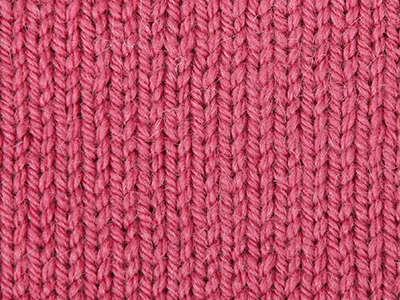
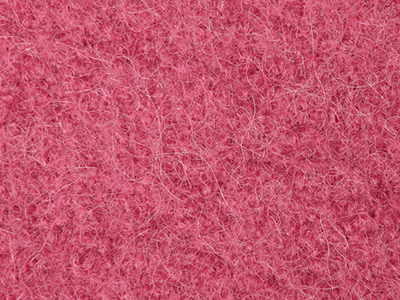
Needles: 5.50 mm
Before: 16 sts x 21 rows
After: 21 sts x 30 rows
Do you have a question about this yarn?
See a list of frequently asked questions (FAQ) about our yarns.
1) What type of fibers make the DROPS yarns?
Yarn can be made from a large number of natural and synthetic fibers. DROPS carries mainly yarns made from wool, cotton, alpaca, linen, mohair and silk. Each fiber type has its own qualities, and they are often mixed to take advantage of the best properties of each one. Coarse yarn has the advantage of being stronger and more durable, and finer fibers offer more softness and comfort. Here a bit about the main fibers we carry:
Alpaca:
Alpaca fleece is the natural fiber harvested from an alpaca, and it is similar in structure to sheep wool fiber. Its softness comes from the small diameter of the fiber, similar to merino wool. It is a soft, durable, luxurious and silky natural fiber. Yarn made from alpaca fibers does not felt or pill easily, and it can be light or heavy in weight, depending on how it is spun. While similar to sheep’s wool, it is warmer, not prickly, and has no lanolin, which makes it hypoallergenic. Alpacas come in 22 natural colors, with more than 300 shades from a true-blue black through browns-black, browns, white, silver and rose-greys.
Mohair:
This fiber comes from the Angora goats, and it's considered a luxury fiber. Mohair yarn is warm as wool, but much lighter in weight; it is durable, dyes well and does not felt easily. Mohair fibers have also a distinctive luster created by the way they reflect light. Despite being a hard fiber, mohair is usually spun into a very fluffy yarn, resulting in airy and lustrous garments.
Wool:
The wool fibers come from the skin of sheep and are relatively coarse fibers. Two striking characteristics of wool are its susceptibility to heat and its felting property, which is caused by the scales on the surface. Depending upon the breed of sheep, the appearance of the wool varies.
Wool from Merino sheep is considered the finest type of wool, having as characteristics that is finely crimped and soft. All the Merino wool in the DROPS yarns has its origins in South America, coming from sheep that have not been subject to Mulesing.
Pure new wool is wool made directly from animal fleece, and not recycled from existing wool garments.
Machine washable wool is wool treated chemically to minimize the outer fuzzy layer of the fibers, and be therefore fitable for machine wash (see Superwash).
Silk:
The silk fiber is a fine continuous fiber produced from the cocoon of a moth caterpillar known as the silkworm. While silkworm is cultivated, the wild or tussah silk is obtained from uncultivated silkworm cocoons. Silk fiber is one of the strongest natural fibers and makes a wonderful knitting yarn. It blends really well with other fibers, especially wool. Silk also dyes beautifully with natural dyes.
Vegetable fibers:
There are several varieties of vegetable fibers, found in the cell walls of plants or vegetables. Of all the varieties, two are recognized as major knitted or textile fibers. They are cotton and linen.
Cotton is the fiber surrounding the seeds in a cotton pod, and it is almost pure cellulose. Cotton is usually white in color but there are green and brown varieties as well. The cotton fiber is most often spun into yarn or thread and used to make a soft, breathable textile that is good for summer clothing and accessories, making a weaker yarn than silk or linen but stronger than wool.
Mercerized cotton is cotton that has been through a mercerization treatment. This treatment gives cotton fabrics and threads a lustrous yarn that is more lustrous than conventional cotton. It is also stronger, takes dye a little more readily, makes the yarn more resistant to mildew and reduces lint. It also may not shrink or lose its shape as much as "regular" cotton.
Linen is a fiber derived from the stalk of the flax plant that is durable and stronger than any other fiber. The linen fiber is relatively soft, straight and lustrous and becomes more beautiful with age. Linen is more comfortable to wear in hot temperatures than cotton, due to the fact that it absorbs moisture better and dries more quickly.
Other materials used in our yarns include synthetic fibers such as acrylic, viscose, polyamide (nylon) and polyester. These fibers are used mostly to give strength to a yarn (like our sock yarn, DROPS Fabel) or a special kind of structure (like our blown yarn, DROPS Air).
The polyamide fibre, commonly known as nylon, is very strong, durable, lightweight, easy to care for (can be machine washed and dried), and elastic, which makes it perfect for blending with other fibres to produce hard-wearing yarns like sock yarn.
Compared to polyester, polyamide is softer and more flexible, but it also absorbs more water and dries slower.
3) What type of information can I find on the DROPS yarn labels?
All DROPS yarn labels include information about fiber content (wool, cotton, etc.), weight in grams and ounces, length in meters and yards, washing instructions and symbols (explained here), color number, dye lot number and yarn group information.
4) What are the DROPS yarn groups?
All DROPS yarns are classified into 6 different thickness groups (A to F). Yarns in a same group have similar knitting tension/gauge, and can therefore be interchanged in patterns; however the length may be different, so when substituting always calculate the amount of meters/yards needed for the pattern to know the amount of yarn you need to get.
5) Can I use a different yarn than the one mentioned in the pattern?
Yes, as long as the yarn can be worked in the same knitting tension/gauge. Always swatch to make sure you get the same number of stitches in width and rows in height as given in the pattern.
Remember that different yarns with different textures, will give the garment different looks. The yardage/length may also be different, so when substituting always calculate the number of yards needed, in order to know the amount of yarn you need.
Read more about how to calculate the amount of an alternative yarn - and how to replace 1 thread of a yarn with 2 or more of another, here.
6) What does it mean when a yarn is “Superwash”?
A superwash wool is a special wool product that has been treated or processed in a way that allows it to be machine washable. Many people are afraid to work with wool because it is so easy to shrink (though some shrink wool on purpose) and superwash wool can allow them to work with great fibers without worry. (Read more here).
7) What does “Oeko-Tex® certified” means?
The Oeko-Tex® Standard 100 was introduced at the beginning of the 1990s as a response to the needs of the general public for textiles which posed no risk to health. The Oeko-Tex® Standard 100 is a globally uniform testing and certification system for textile raw materials, intermediate and end products at all stages of production. The test for harmful substances comprise substances which are prohibited or regulated by law, chemicals which are known to be harmful to health, and parameters which are included as a precautionary measure to safeguard health.
For more info go to www.oeko-tex.com
10) How accurate are the colours on the shade cards online?
When obtaining images for the shade card, we do our best to achieve the highest level of color accuracy. Unfortunately, we cannot guarantee how images will appear on your computer screen. Every monitor displays color differently, some colors might look darker than they really are, and some colors might be more saturated on some screens. If you experience that many of the yarn colors looks different on your screen than the actual color of the skeins, you can adjust the setting on your monitor.
11) What is a micron? What does super fine / extra fine mean?
The fineness of yarn fibers is measured in microns (thousands of millimeters). Super fine alpaca wool is 26-28 microns. Fine merino wool is less than 21.5 microns and extra fine merino is under 19.5 microns. The less microns the softer and more delicate a quality can be, the more microns the more hard wear the quality will be.
The reason why the microns in a yarn’s fibers are important is that the yarn will eventually become something else, and how delicate or coarse a yarn is will determine in part what we use it for. That’s why we recommend the softest yarns (like DROPS Baby Merino) for baby clothing, or why we choose to use a more hard wear yarn like DROPS Snow, for a seating pad or slipper.
12) Why are the colours in my skeins of print yarn different?
The reason why two skeins of a same print yarn look different can be 1) that both skeins are part of different dye lots; 2) that the skeins have been dyed using a technique called "magic print" (the one used for example in DROPS Delight), which provides unique patterns and smooth colour transitions to each skein, meaning also that within one dye lot, lighter or darker varieties might appear. This is no fault or defect, but part of the yarn's character.
13) My store doesn’t have the colour I want, what can I do?
If your DROPS store doesn’t have the yarn colour you want, try contacting a DROPS Super Store (the ones with the golden badges) - they will make sure to get a hold of the colour even if they don’t have it in stock themselves. See a list of all DROPS stores here.
14) Where can I find a specific dye lot of a colour?
Always try contacting your DROPS store first. If they do not have the dye lot you want we recommend you to ask other knitters and crocheters in the DROPS Workshop in Facebook or Ravelry, which may have the dye lot in their stash and might be willing to part from it.
Yarn sheds because there's not enough twist to hold all of the fibers together. All yarns have excess fibers (from production) that might come off as lint or shedding, in varied degrees that depend on how the yarn is spun. Brushed yarns ("hairier" yarns) like DROPS Melody, have more of these loose fibers than other yarns, and therefore shed more. Shedding also depends on what is worn under or over the garment, and whether this pulls at the yarn fibers. It’s therefore not possible to guarantee that there will be no shedding.
Below are some tips on how to get the best result when working with hairier yarns:
- When the garment is finished (before you wash it) shake it vigorously so the looser hairs come off. NOTE: do NOT use a lint roller, brush or any method that pulls at the yarn.
- Place the garment in a plastic bag and put it in your freezer - the temperature will cause the fibers to become less attached to each other, and excess fibers will come off easier. Leave in the freezer for a few hours before taking it out and shaking it again.
- Wash the garment according to the instructions on the yarn label. Garments worked with hairier yarns usually need to be shaken once dry after washing, so that the hairs rise and any excess fibers can come off.
Pilling is a natural process that happens to even the most exclusive of fibers. It's a natural sign of wear and tear that is hard to avoid, and that is most visible in high friction areas of your garment like a sweater's arms and cuffs.
You can make your garment look as new by removing the pilling, using a fabric comb or a pill/lint remover.
How can I replace this yarn?
If you are looking to replace this yarn with another DROPS yarn, you can use another yarn within the same yarn group, or try our yarn converter!
Other yarns in Yarn Group C
Read more about replacing yarn.Have a problem with the DROPS yarn you purchased?
When you purchase yarn from the shade cards or patterns on our site, you are not buying directly from DROPS but from one of the hundreds of DROPS stores around the world. It is therefore important that you take contact with the DROPS store where you bought the yarn, and that you save the labels of all the skeins you purchased (they are your warranty).
The DROPS store you contact will assist you and escalate the claim if necessary. Find a list of DROPS stores here.
Comments / Questions (278)
![]() Tracy Meeker wrote:
Tracy Meeker wrote:
I'm wondering if this blend of wool/alpaca is itchy? my daughter is sensitive to itchy yarns and I want to use this for a sweater for her. Thanks, Tracy
03.09.2018 - 21:04DROPS Design answered:
Dear Mrs Meeker, please contact your DROPS store for any such individual questions, they will be pleased to help you - even per mail or telephone. Happy knitting!
05.09.2018 kl. 14:57
![]() Liane Schriewer wrote:
Liane Schriewer wrote:
Ich habe vor einiger Zeit Drops Nepal Mix Color 0517 bestellt für einen Pullover. Leider musste ich feststellen, dass es bei 4 Knäulen Probleme gab. Das Garn war mehrere Male nicht durchgehend. Also wie an mehreren Stellen durchgeschnitten. Was natürlich bei einem Pullover mich so schön ist. Und das Garn ja auch nicht gerade billig war. Bin sonst eigentlich sehr zufrieden Mit freundlichen Grüssen Liane
19.07.2018 - 10:44DROPS Design answered:
Liebe Frau Schriewer, wir bitten Sie, Kontakt mit Ihrem DROPS Laden aufzunehmen. Viel Spaß beim stricken!
16.08.2018 kl. 10:15
![]() Sofie wrote:
Sofie wrote:
Er dette garn velegnet til at strikke et babytæppe i?
07.07.2018 - 20:27DROPS Design answered:
Hej Sofie, det kan du godt, men du kan også vælge et af vores bløde merinogarner, DROPS Big Merino som er af samme tykkelse som DROPS Nepal eller DROPS Baby Merino som er halvt så tyk, det vil sige hvis du har en opskrift som passer til Nepal, så skal du bruge dobbelt tråd DROPS Baby Merino. God fornøjelse!
10.07.2018 kl. 15:13
![]() Aude wrote:
Aude wrote:
Bonjour ! Est-ce que le vert pistache de la Nepal est semblable au vert pistache de la Andes ? Merci !
04.05.2018 - 11:13DROPS Design answered:
Bonjour Aude, pour toute question au sujet des couleurs, merci de bien vouloir contacter votre magasin DROPS, même par mail ou téléphone. Bon tricot!
04.05.2018 kl. 15:59
![]() Anne Moltubakk wrote:
Anne Moltubakk wrote:
Takk for link til genseroppskrifter med Nepal. Skulle gjerne hatt oppskrifter på jakker i dette garnet også :)
03.04.2018 - 16:05DROPS Design answered:
Hei Anne. Det er bare å gå på vår hovedside, der kan du filtrere søket ditt. Velg garnet Nepal og skriv jakke, masse oppskrifter kommer opp. God Fornøyelse!
12.04.2018 kl. 13:15
![]() Britt wrote:
Britt wrote:
Har strikket votter på pinne 5 i Nepal og ønsker å tove de. Hvordan vasker jeg de i vaskemaskina - hvor mange grader og hvor kraftige omdreininger?
22.03.2018 - 20:06Solange Girard wrote:
Je désire commander cette laine pour une couverture de bébé mais je vois que nous devons laver à la main cette laine.... Vendez-vous une laine suffisamment douce pour tricoter une couverture de bébé mais lavable à la machine??
22.02.2018 - 17:14DROPS Design answered:
Bonjour Mme Girard, vous pouvez utiliser Big Merino qui est superwash et du même groupe que Nepal - retrouvez ici les autres alternatives possibles. Bon tricot!
23.02.2018 kl. 09:23
![]() Teresa wrote:
Teresa wrote:
I’m looking for drops Nepal grey mix 0517, dyelot 195913, to finish off a cardigan, it is an old dyelot and I’m unable to find it now, please help
30.01.2018 - 07:10DROPS Design answered:
Dear Teresa, you are welcome to contact individually all stores shipping in/to your country, and why not join our DROPS Workshop to ask there? Happy knitting!
30.01.2018 kl. 10:08
![]() Annika Nummi wrote:
Annika Nummi wrote:
Heippa, ostin kyseistä lankaa yhteen huovutus työhön ja nyt kun tämä työ on valmis ja huovutettu niin siitä irtoaa kamalasti karvaa, onko tämä normaalia vai olenko tehnyt jotain väärin? Työstä irtoaa oikasti sen verran karvaa että sitä ei voi käyttää ilman että jättää jälkeensä yhtä paljon krvaa kuin kissa joka vaihtaa talviturkkiaan.
14.01.2018 - 15:30DROPS Design answered:
Hei, huovutuksen jälkeen on tavallista että neuleesta irtoaa ylimääräistä karvaa, erityisesti alussa.
30.08.2018 kl. 14:25
![]() Josi wrote:
Josi wrote:
Hallo, ich möchte mir gerne einen Pulli für mich aus Nepal stricken. Ich bin ein empfindlicher Hauttyp ... Ist das Garn für mich trotzdem geeignet? Also, kratzt es? Vielen Dank im Voraus für Ihre Empfehlung!
12.01.2018 - 09:46DROPS Design answered:
Liebe Josi, die Empfindlichkeit ist etwas persönnliches, am besten nehmen Sie bitte Kontakt mit Ihrem DROPS Laden auf, gerne werden sie Ihnen weiter empfehlen, auch telefonisch oder per mail. Viel Spaß beim stricken!
12.01.2018 kl. 10:22
![]() Sara wrote:
Sara wrote:
Bonjour, je tricote actuellement 2 pulls homme en Nepal, et n'avais pas prévu assez de laine lors de mon achat il y a un an (20 pelotes de chaque pourtant... sans doute ma façon de tricoter). Du coup il me manque au moins 1 pelote pour chacun : couleur 6790 lot 189476, et couleur 6220 lot 313986. Existe-t-il un moyen de savoir s'il en reste en stock quelque par ? Merci d'avance, cordialement
04.12.2017 - 22:09DROPS Design answered:
Bonjour Sara, n'hésitez pas à contacter chaque magasin individuellement, vous pouvez également demander à la communauté sur le groupe DROPS Workshop. Bon tricot!
05.12.2017 kl. 08:51
![]() MKR wrote:
MKR wrote:
Hallo, wie rechnen ich denn die Mengen um zwischen den Garngruppen. Also z. B. Modell z680 da ist die Mengenangabe für die zwei A-Garne, ich möchte es aber aus einem C-Garn stricken. Wie viel brauche ich dann von einem C-Garn?
03.12.2017 - 21:05DROPS Design answered:
Liebe MKR, hier finden Sie alle Informationnen über Garnalternativen. Viel Spaß beim stricken!
04.12.2017 kl. 11:12Margareta wrote:
Kan man stryka lätt på plagget?
21.11.2017 - 12:24DROPS Design answered:
Hej Margareta, ja prøv lidt forsigtigt på vrangen :)
19.04.2018 kl. 15:08
![]() Marie Elle wrote:
Marie Elle wrote:
Bonjour je voudrai tricoter ce modèle mais pas avec des aiguilles circulaires : je divise les mailles par deux donc ??? merci pour votre aide ...
01.11.2017 - 11:07DROPS Design answered:
Bonjour Marie Elle, vous trouverez ici toutes les explications nécessaires pour ajuster un modèle sur aiguilles droites. Bon tricot!
02.11.2017 kl. 09:40
![]() Gloria wrote:
Gloria wrote:
Hola. Hace bolitas esta lana¿ me podríais decir que lanas hacen menos bolitas y cuales pican menos¿ Gracies
06.10.2017 - 22:44DROPS Design answered:
Hola Gloria. La sensibilidad a la lana depende de cada individuo así que no es posible decir si pica o no Para evitar la formación de bolas recomendamos lavar con detergentes para lana, a mano o programa especial de la lavadora y usar cepillos especiales para cuidar prendas hechas con lana.
07.10.2017 kl. 19:08
![]() Grélin Véronique wrote:
Grélin Véronique wrote:
Je voudrais tricoter un gilet col châle pour homme en taille XL avec la laine drops nepal. Pouvez- vous m'indiquer le nombre de pelotes qu'il me faut? Merci.
24.09.2017 - 21:09DROPS Design answered:
Bonjour Mme Grélin, tout va dépendre du point utilisé, vous pouvez vous inspirer des différents modèles de ce type en laine du groupe C. Bon tricot!
25.09.2017 kl. 11:14
![]() Arika wrote:
Arika wrote:
Would it be appropriate to mix Nepal with Big Merino to get group E? I am sensitive to wool but Merino stretches too much. Any advice?
02.09.2017 - 17:25DROPS Design answered:
Dear Arika, with 2 threads yarn group C you will the same tension as a yarn group E - you should work a swatch to check if you get desired tension and texture. Happy knitting!
04.09.2017 kl. 11:22
![]() Patricia wrote:
Patricia wrote:
Bonjour, je voudrais faire ce bonnet. Je voudrais faire aussi le pompon avec cette laine, combien me faut-il de pelote pour faire ce dernier ? 2 pelotes comme pour la drops puddel ? Merci
27.08.2017 - 13:59DROPS Design answered:
Bonjour Patricia, tout dépend de la taille du pompon et de sa grosseur - vous pouvez vous baser sur un modèle similaire en Nepal avec pompon pour vous donner une idée. Bon tricot!
29.08.2017 kl. 12:37
![]() Camilla Sundström wrote:
Camilla Sundström wrote:
Hej. Hur är färgskillnaden mellan Nepal förgätmigej och Alaska petrol? Är de snarlika?
16.07.2017 - 15:03DROPS Design answered:
Hei Camilla. Disse to fargene er nok ulike. Nepals forglemmegei er nok mer lyseblå. Det er nok ingen farge i Nepal som er lik Alaskas petrol.
09.08.2017 kl. 08:13
![]() Francine Girard wrote:
Francine Girard wrote:
Bonjour. J ai tente de feutrer du rouge avec du blanc. Malheureusement le rouge a déteint sur le blanc. Est ce que vous connaissez un autre sorte de laine que la Népal qui déteint pas. Merci de me répondre.
05.07.2017 - 13:09DROPS Design answered:
Bonjour Mme Girard, nous sommes désolés, merci de bien vouloir contacter votre magasin (par mail ou téléphone dans le cas d'une boutique en ligne).
05.07.2017 kl. 14:42
![]() KOSNIEWSKI wrote:
KOSNIEWSKI wrote:
Bonjour, avec quelle laine pourrais-je mélanger la drops Népal (groupe C) pour obtenir un échantillon du groupe E ? Merci
04.04.2017 - 11:21
![]() Ines wrote:
Ines wrote:
Tenéis previsto introducir como nuevo color el marrón tabaco (marrón rijozo) dentro de esta gama de lanas? Y el granate? Gracias
09.02.2017 - 10:24DROPS Design answered:
Hola Inés. Drops amplia constantemente su variedad de colores en sus lanas. No tenemos ninguna información al respecto de momento, pero todas las novedades se publican en la página de Facebook y la página oficial de Drops.
15.02.2017 kl. 20:26
![]() Suzanne wrote:
Suzanne wrote:
Bonjour j'habite au canada dans la province de québec je veux savoir ou je pourrais me procurer la laine drop, merci
19.01.2017 - 21:18DROPS Design answered:
Bonjour Suzanne, cliquez ici pour trouver les magasins DROPS au Canada. Bon tricot!
20.01.2017 kl. 09:55
![]() Sam wrote:
Sam wrote:
Where in London can I find a Drops shop to go see all the wool range for myself?
11.01.2017 - 17:04DROPS Design answered:
Dear Sam, please find here all retailers in UK. Happy knitting!
11.01.2017 kl. 18:30






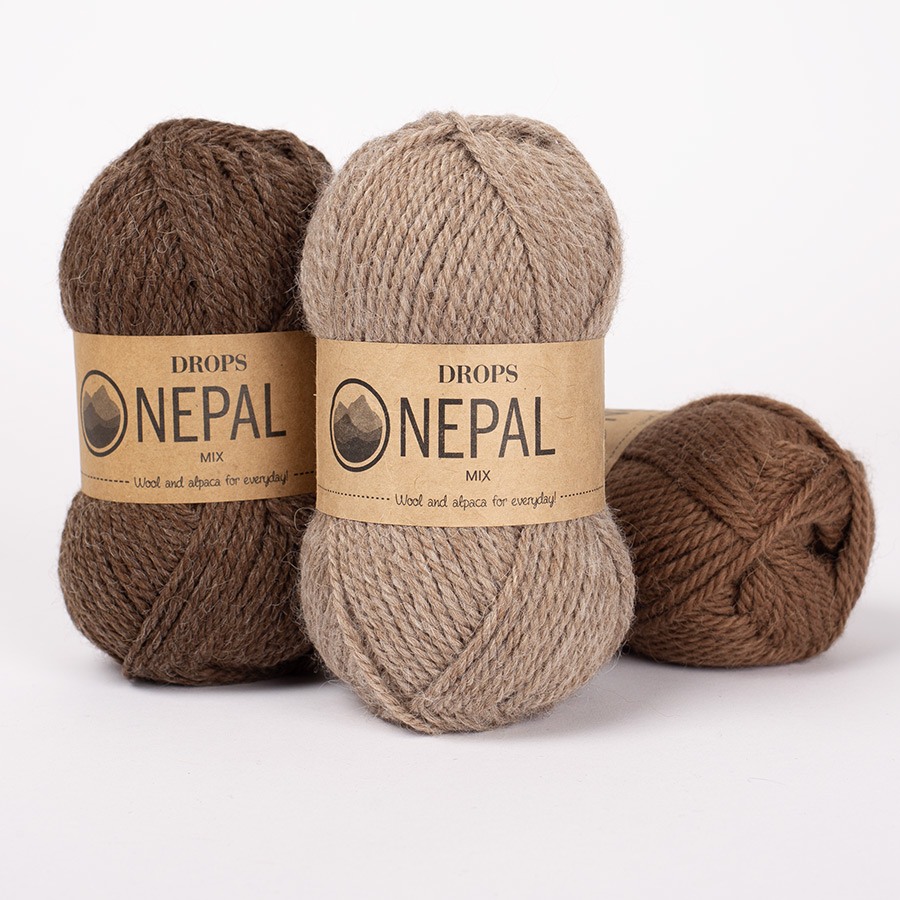
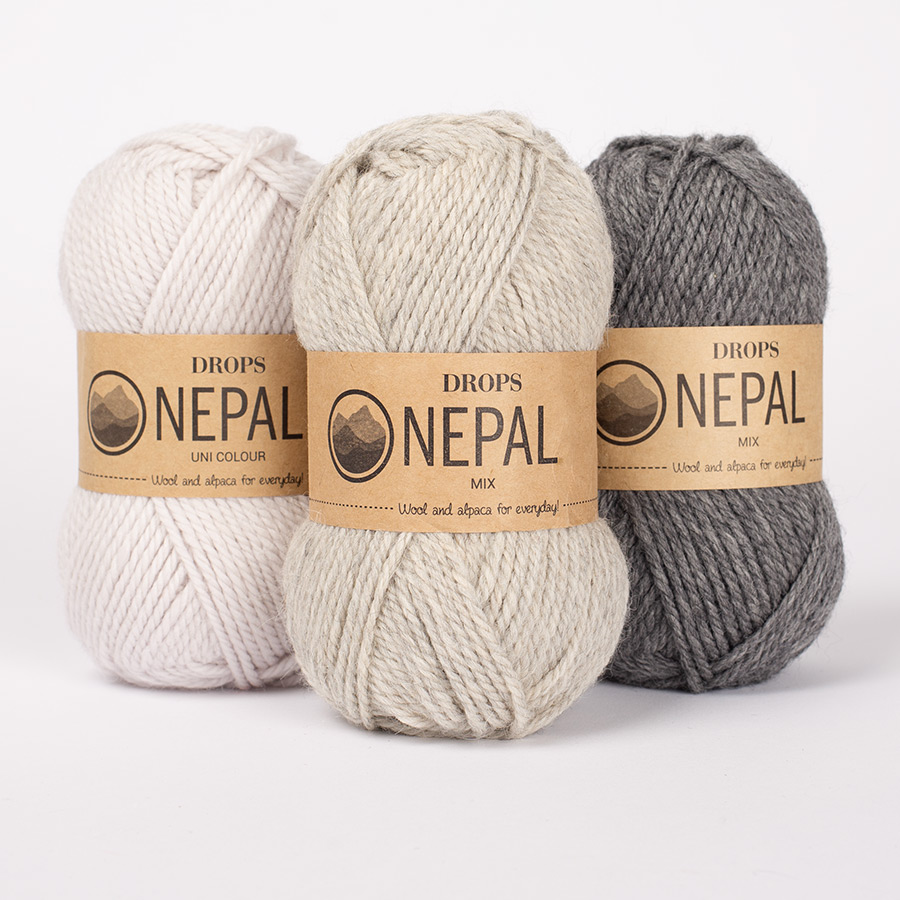
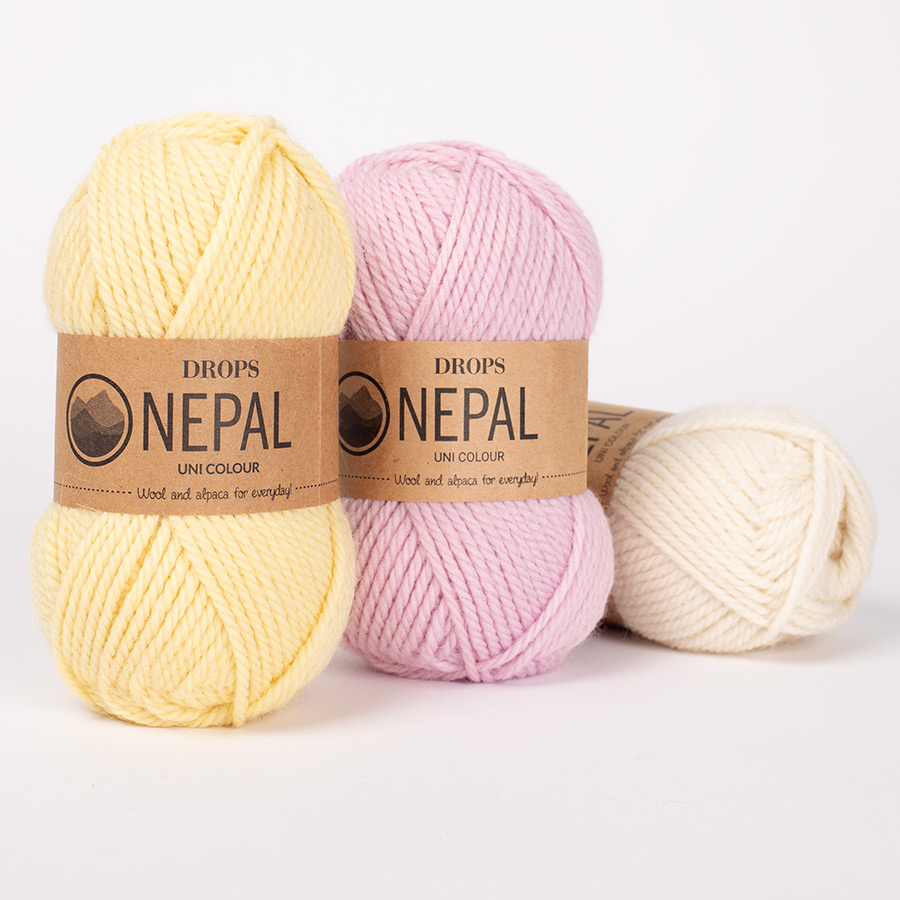
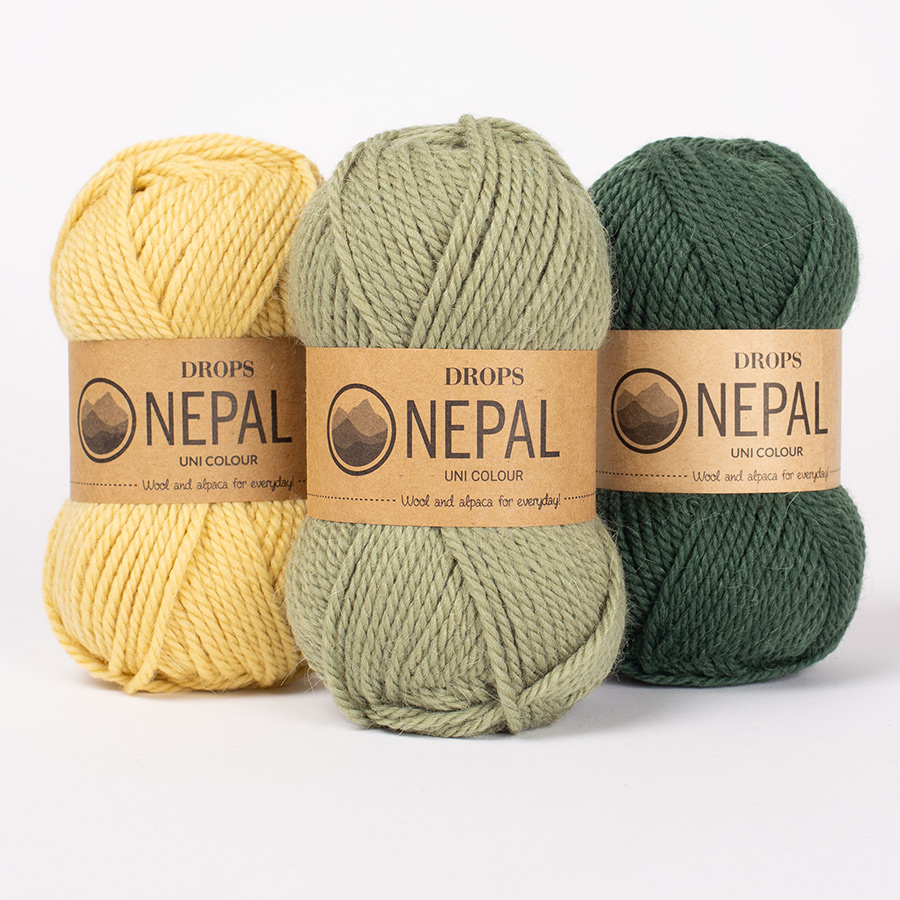
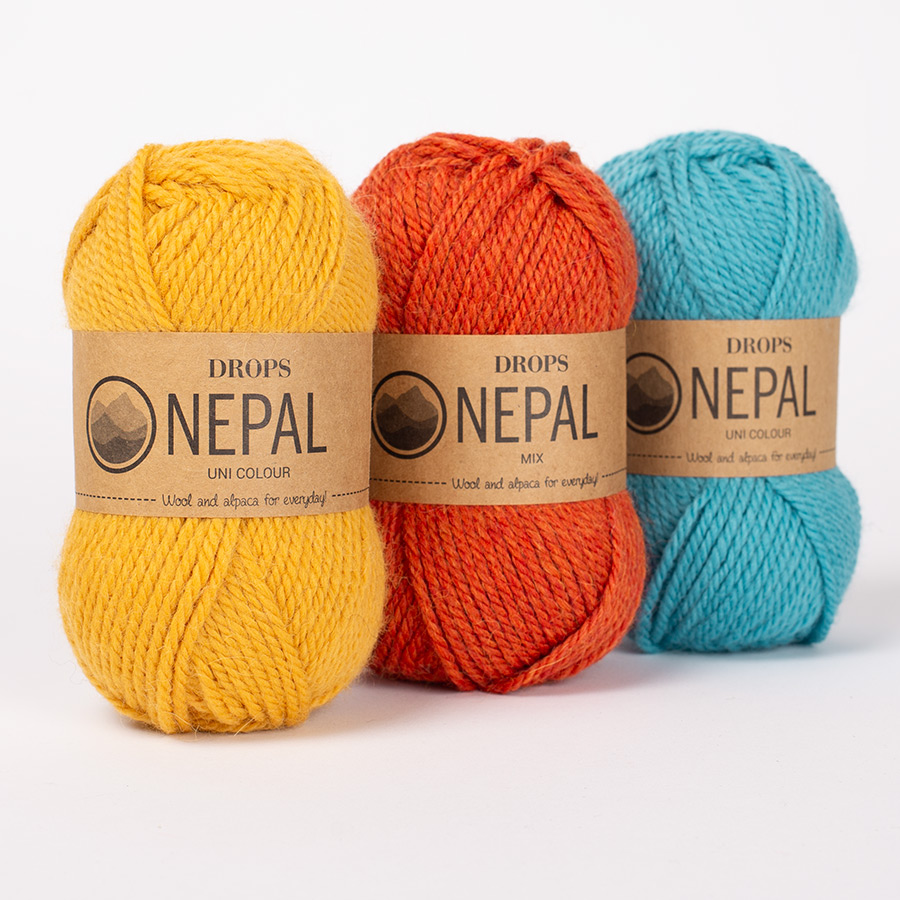


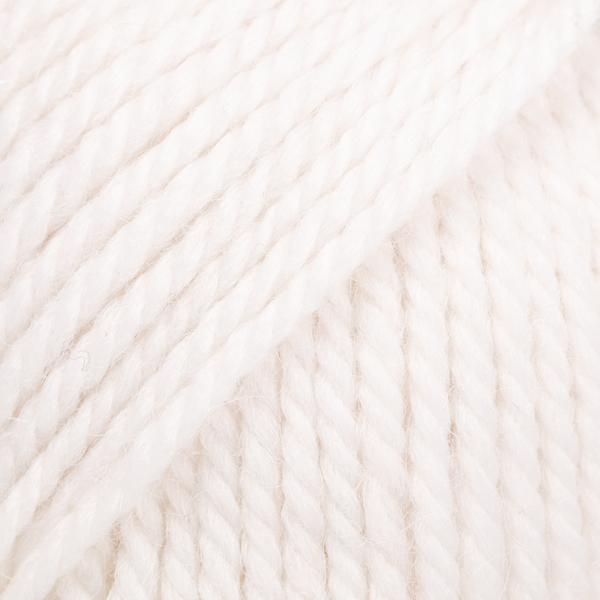




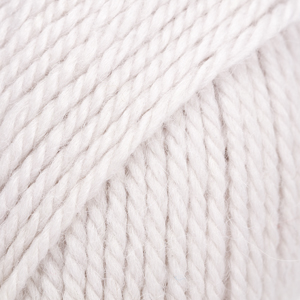
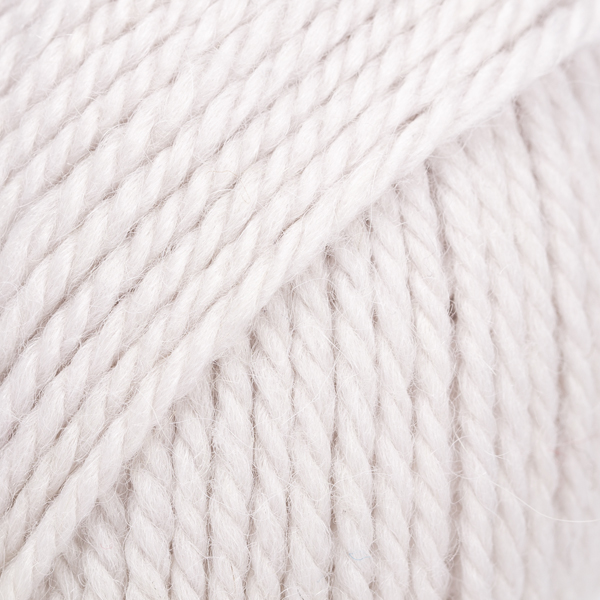




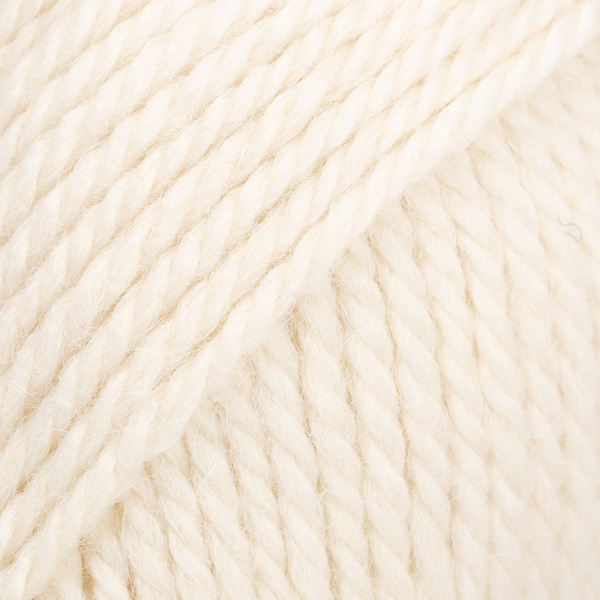




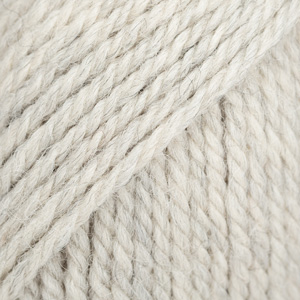
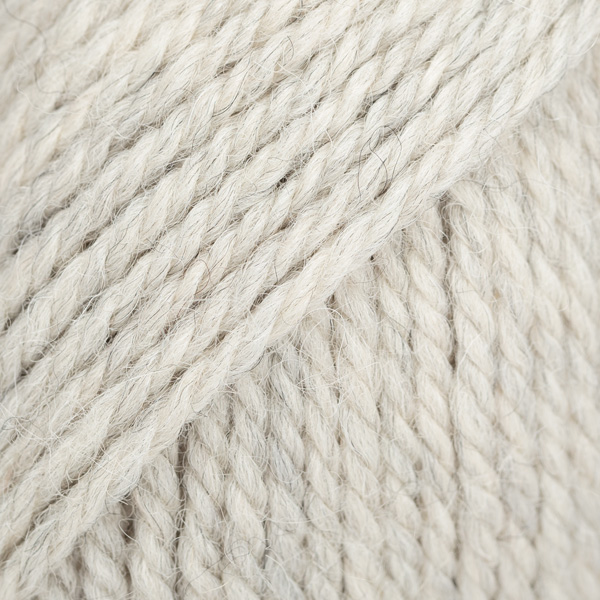
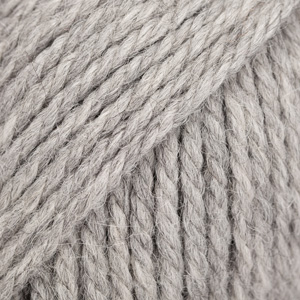
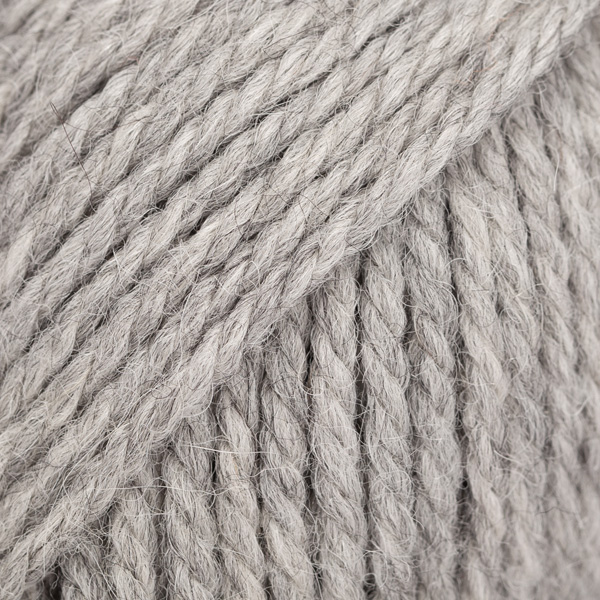



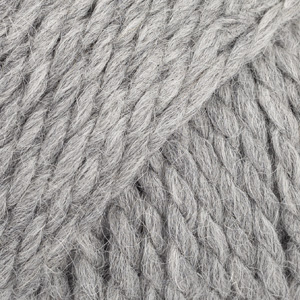

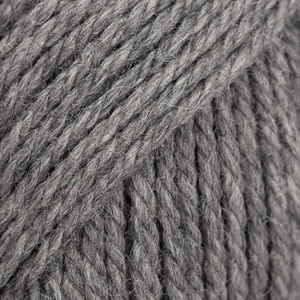
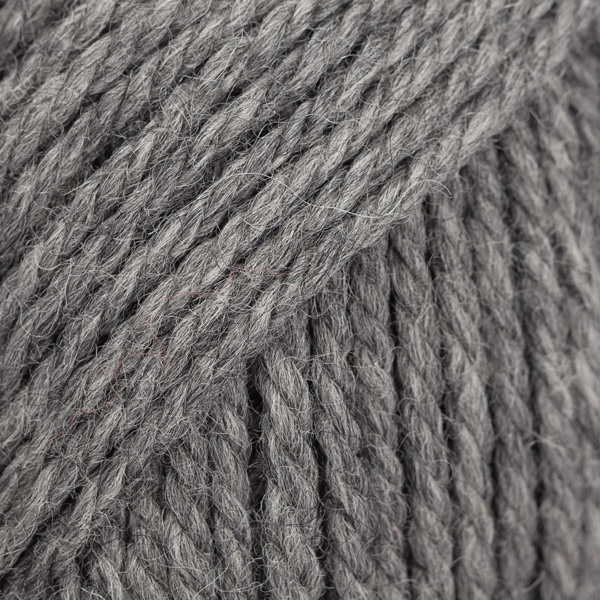







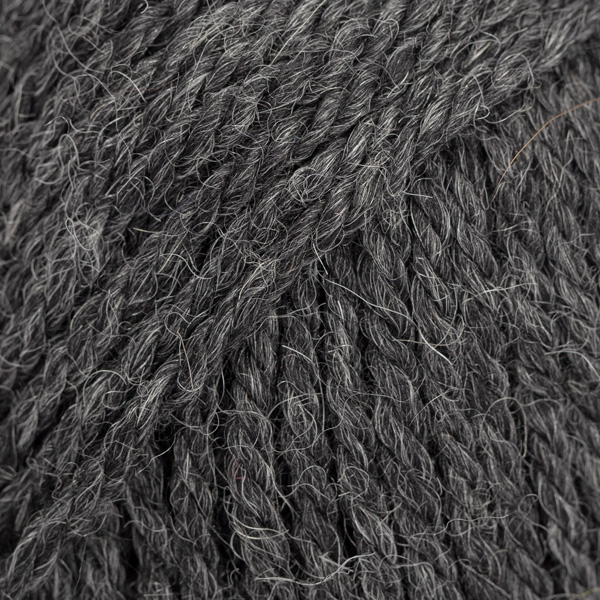
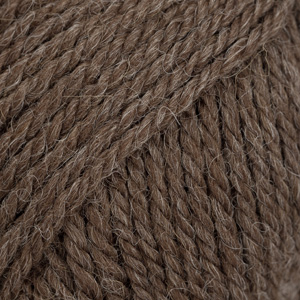
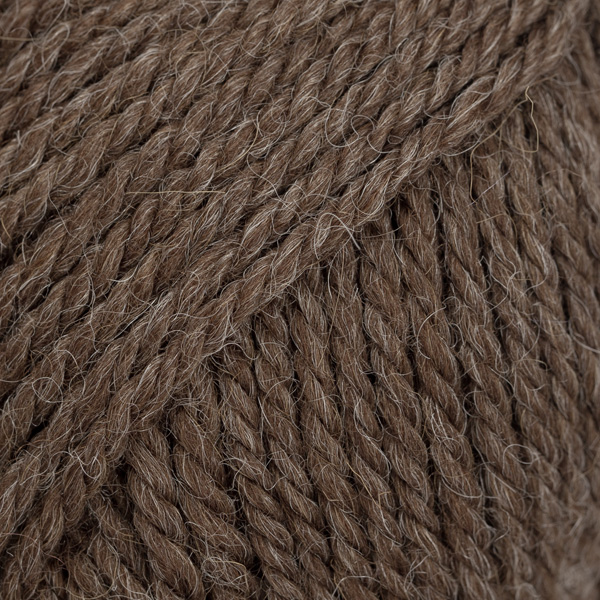



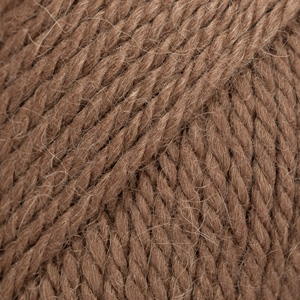
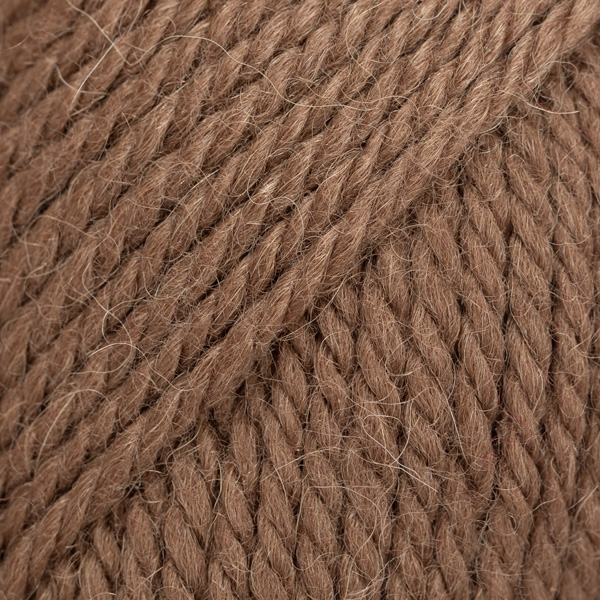
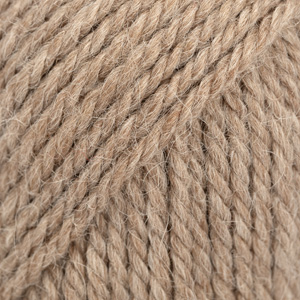
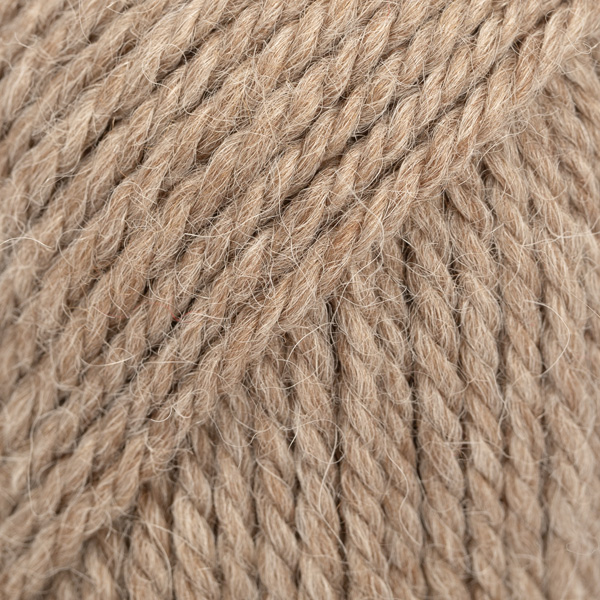

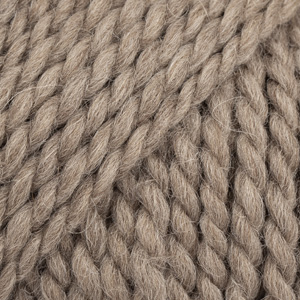


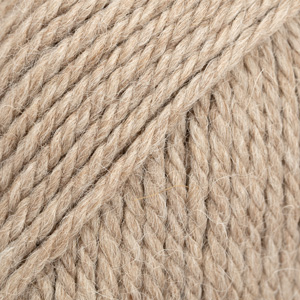
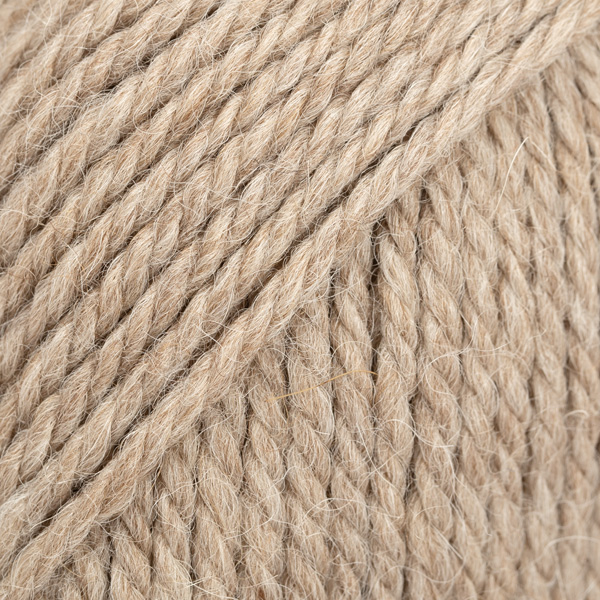

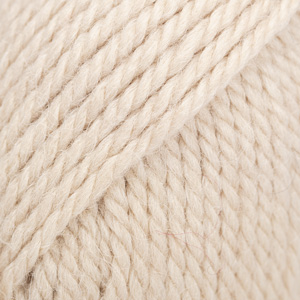
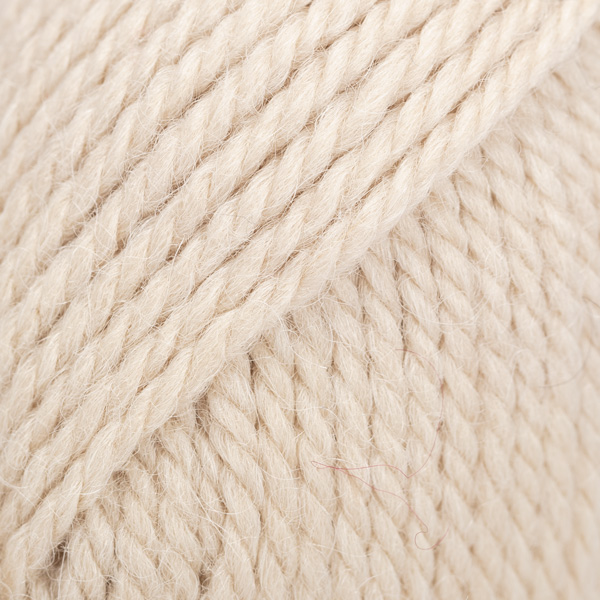









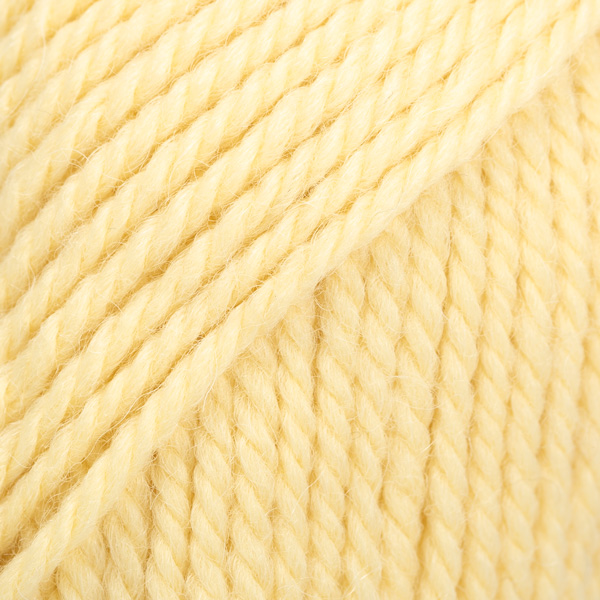
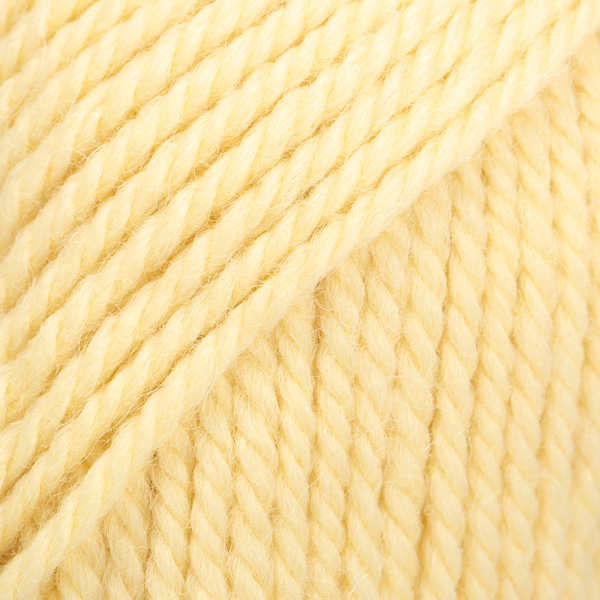







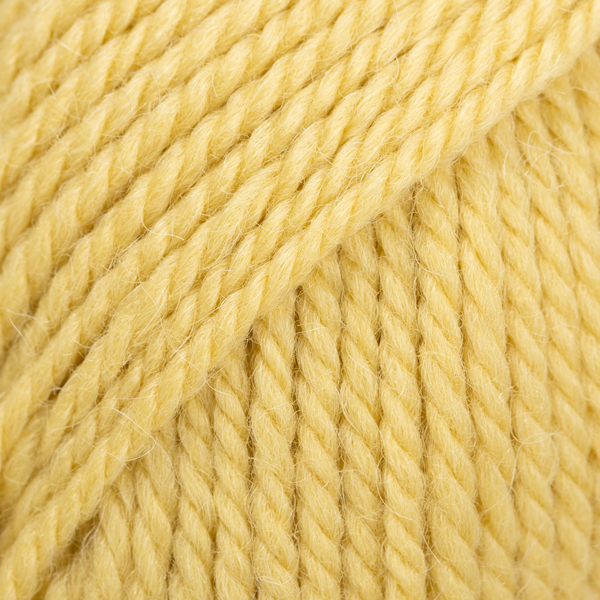



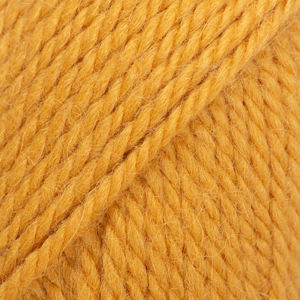
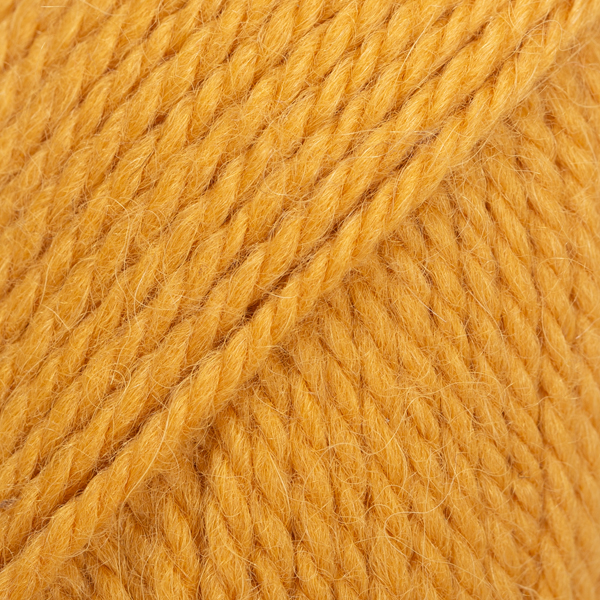
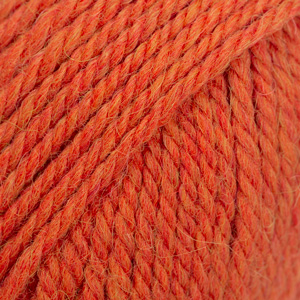









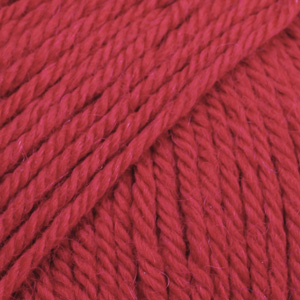

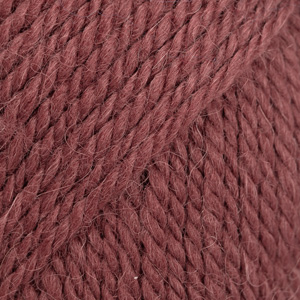
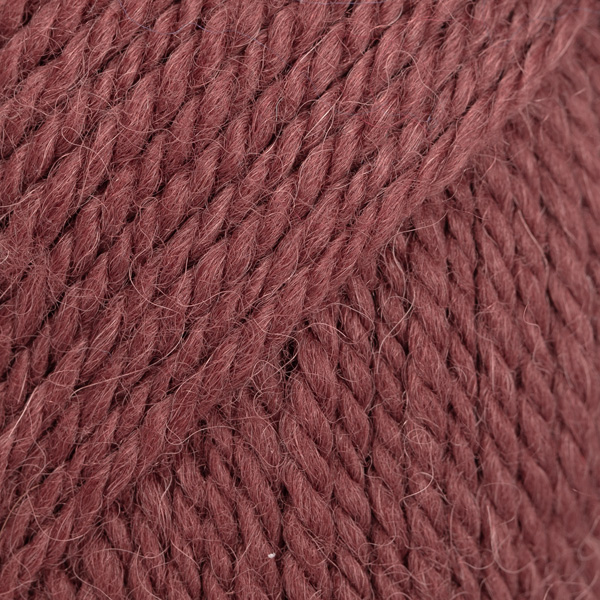
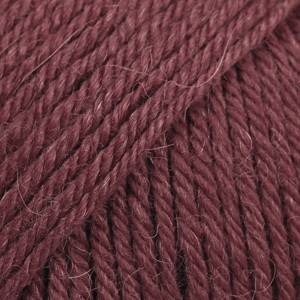
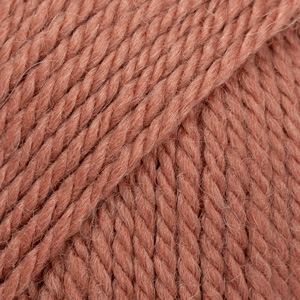
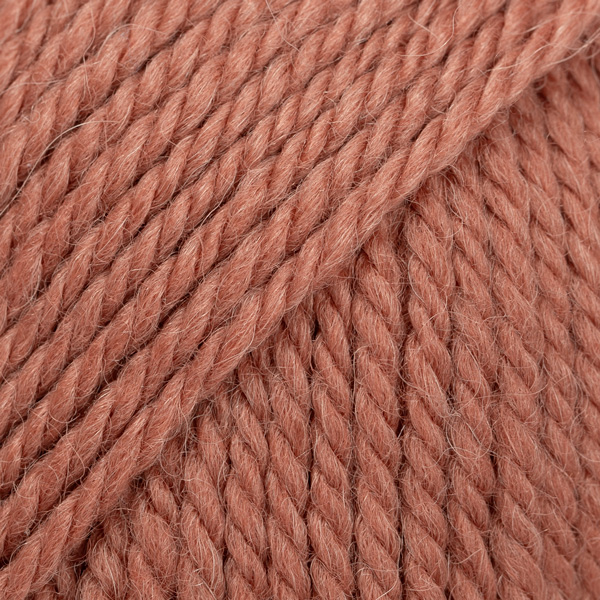


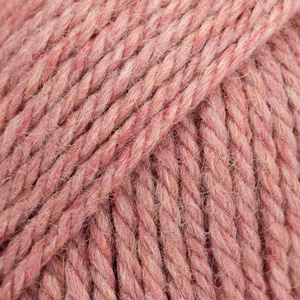
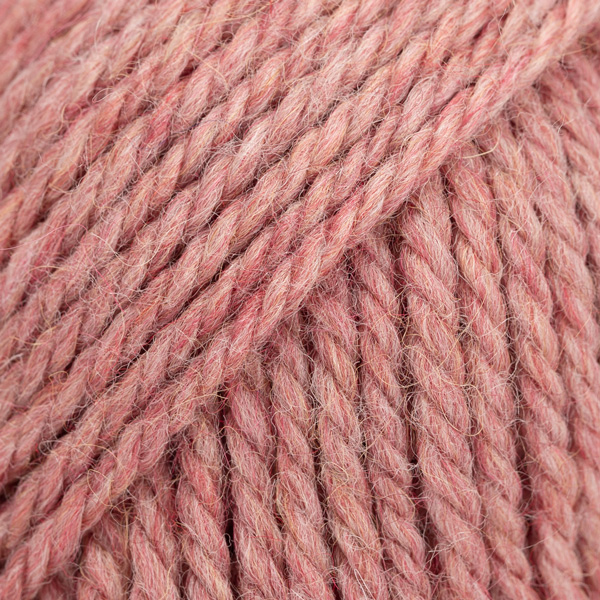
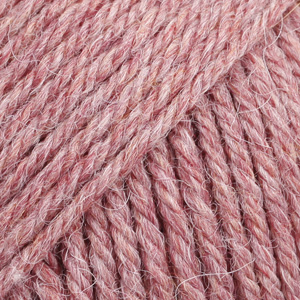

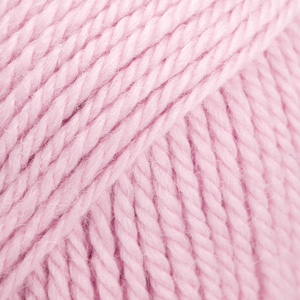
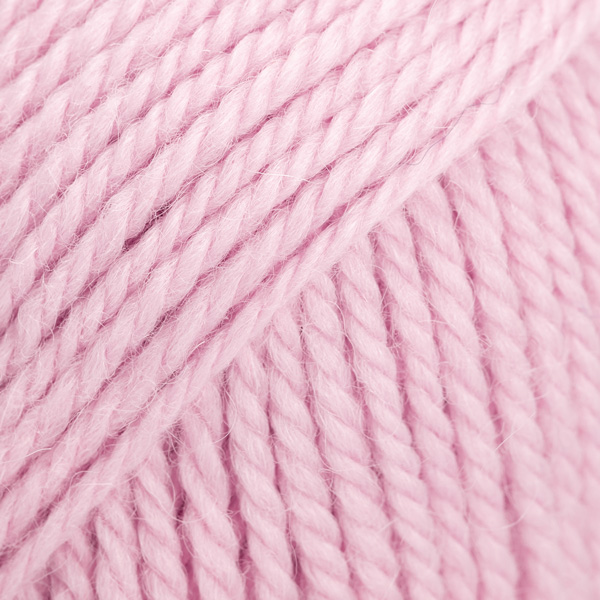


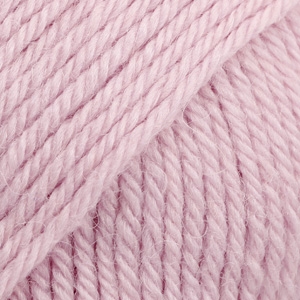
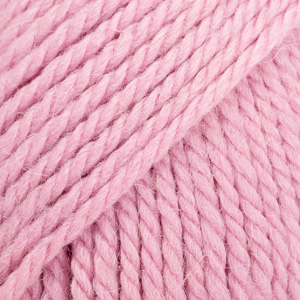
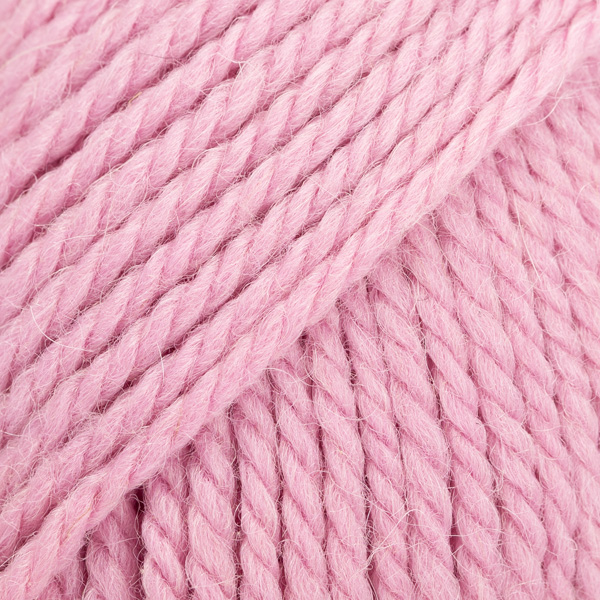
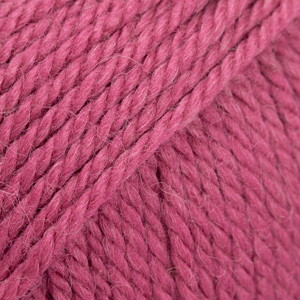

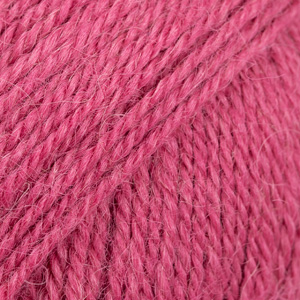


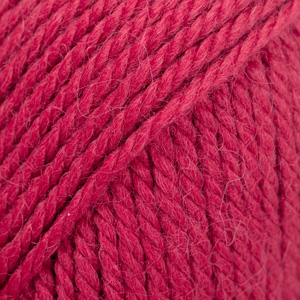
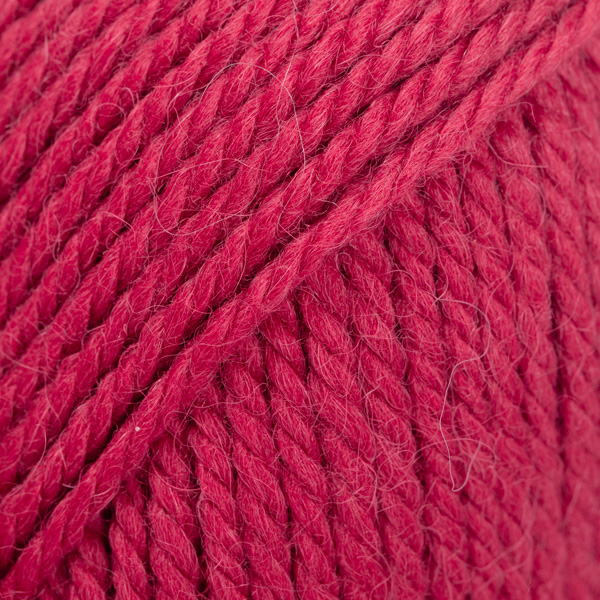



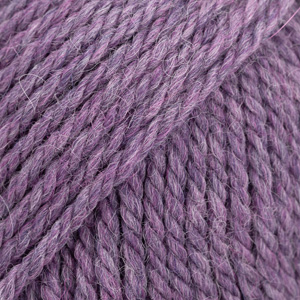
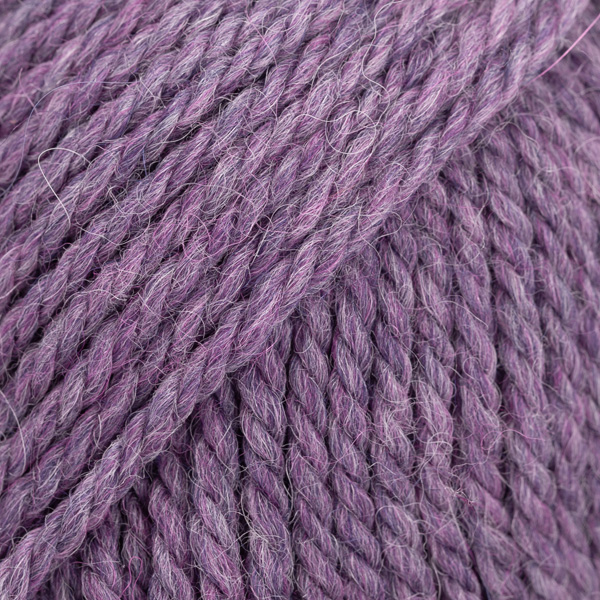



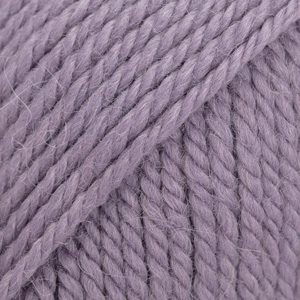
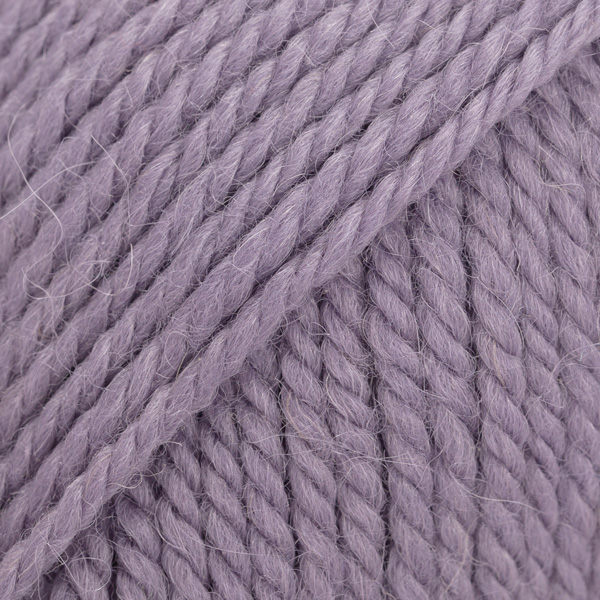
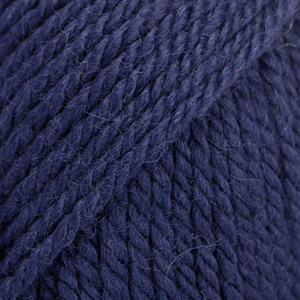
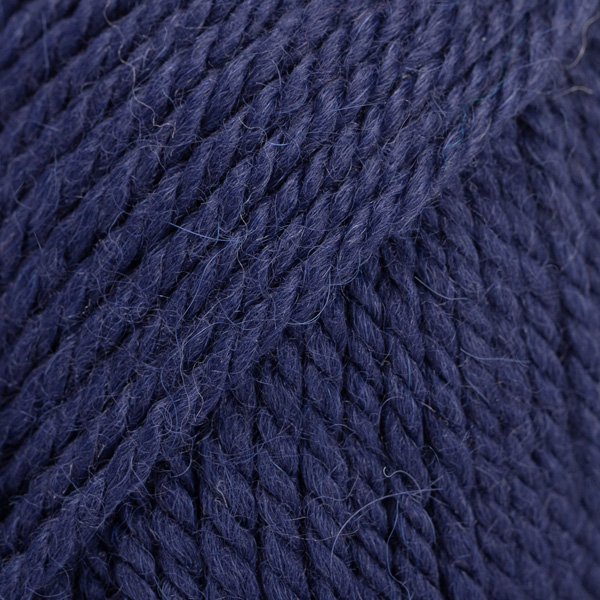
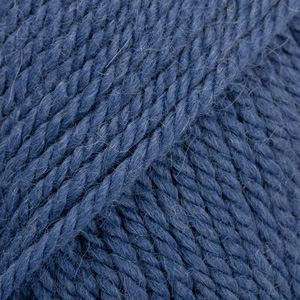
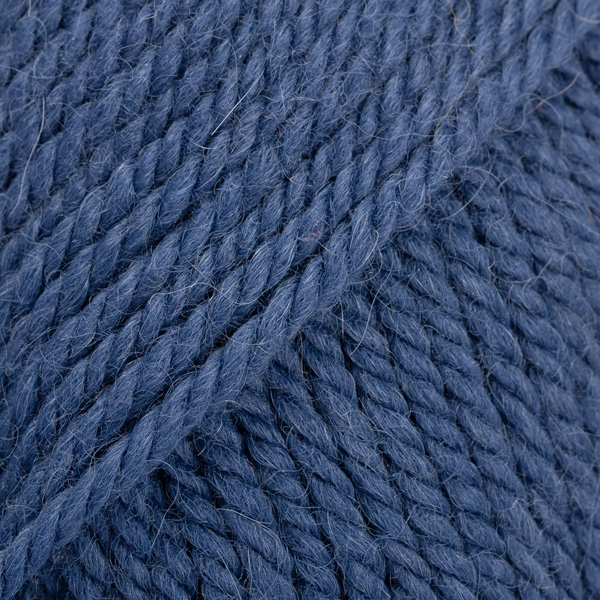

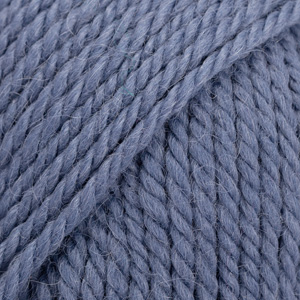
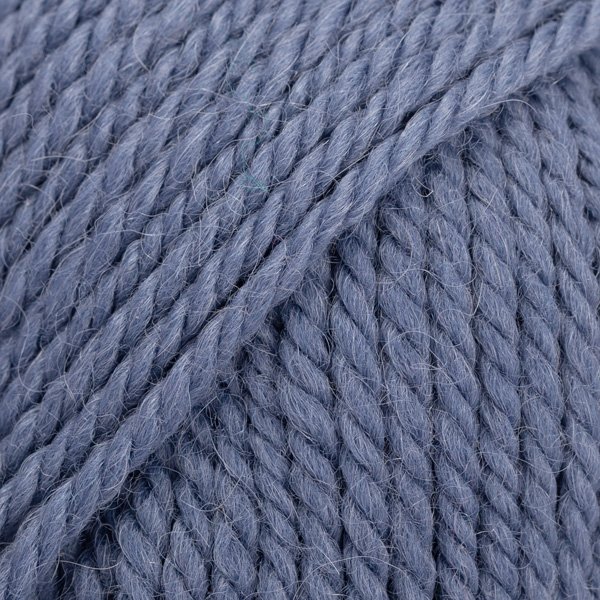




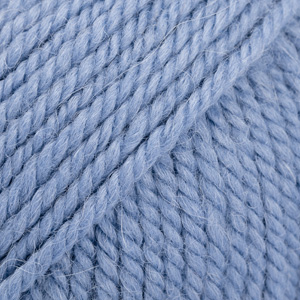
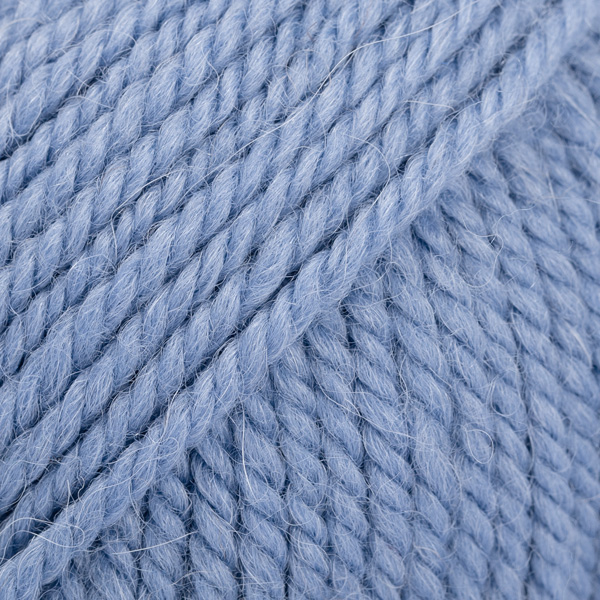

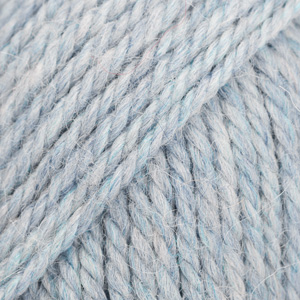
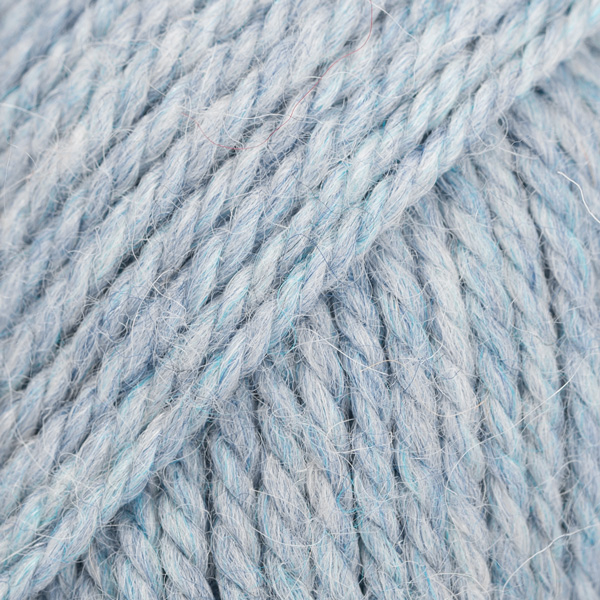

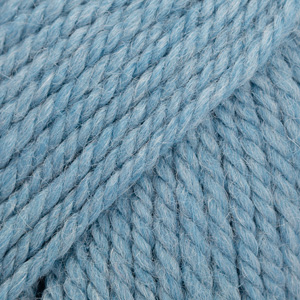
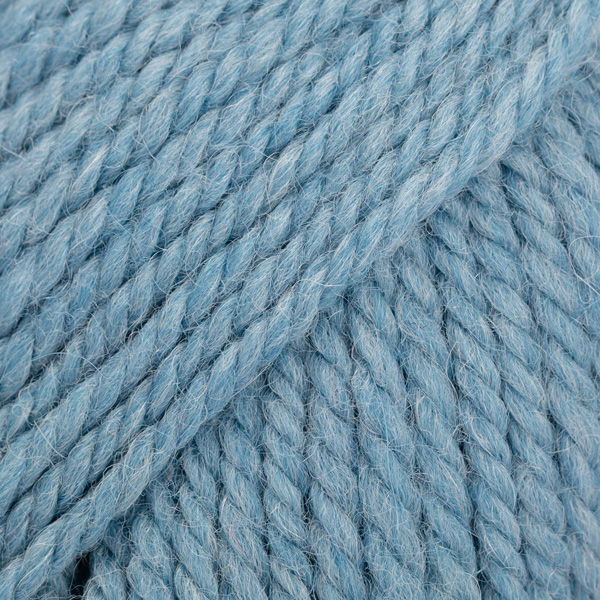



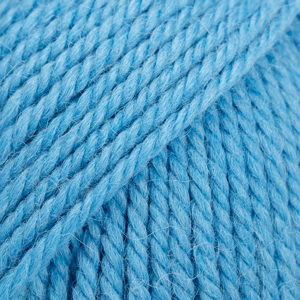
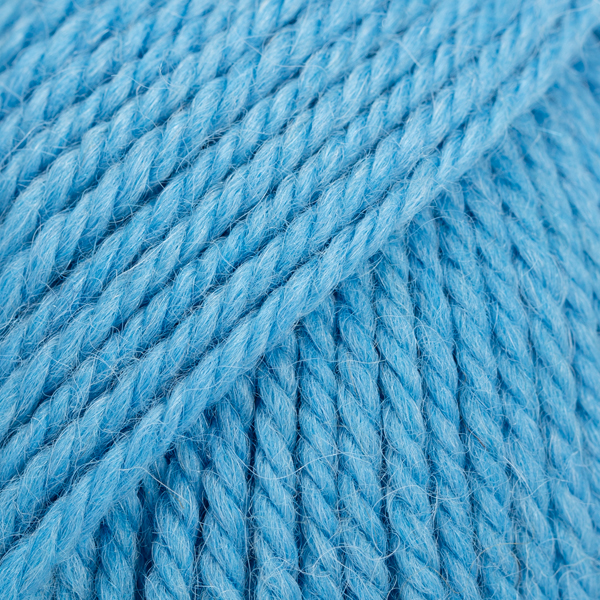
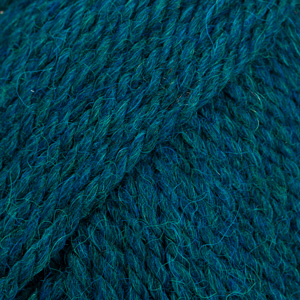
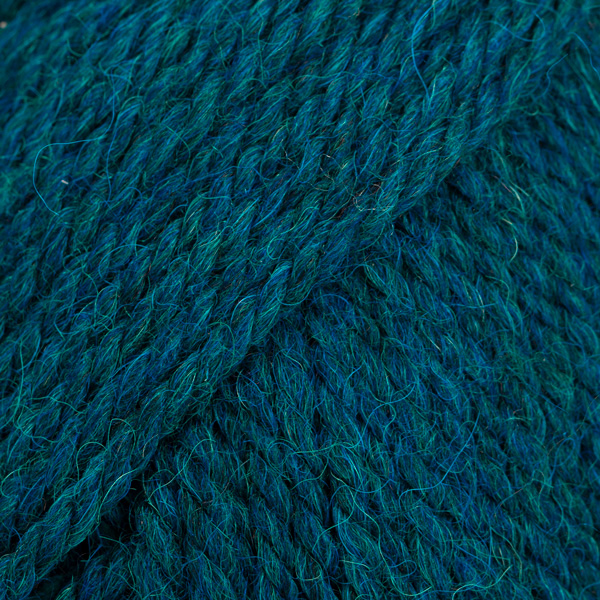


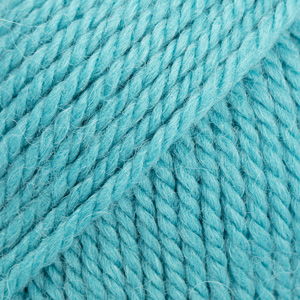
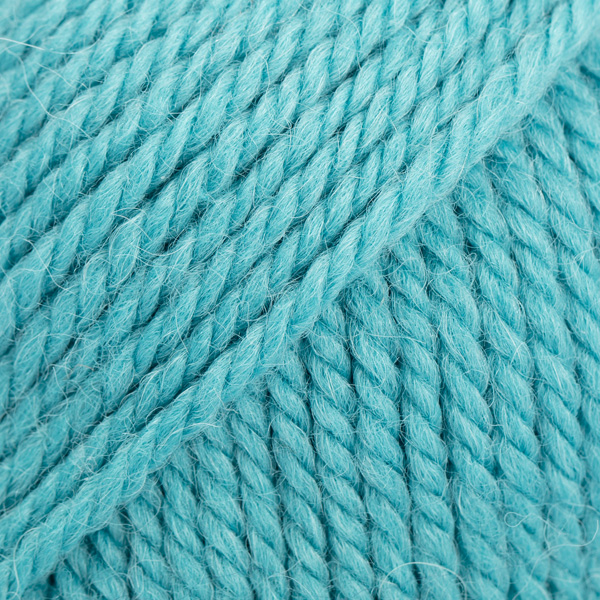

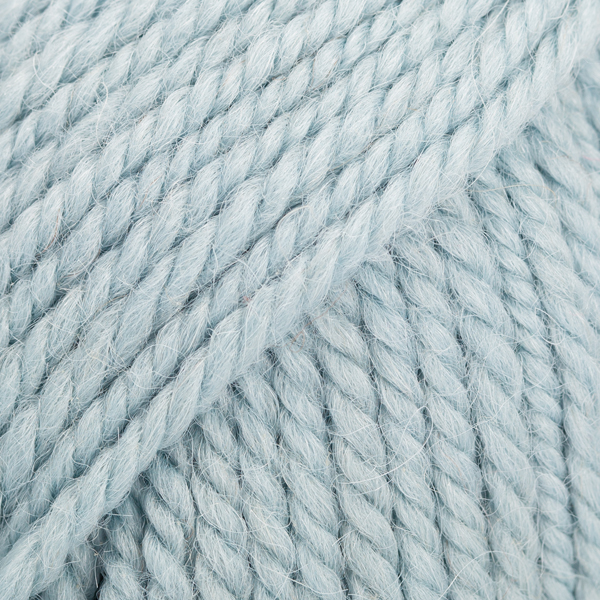


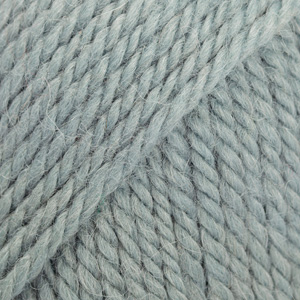
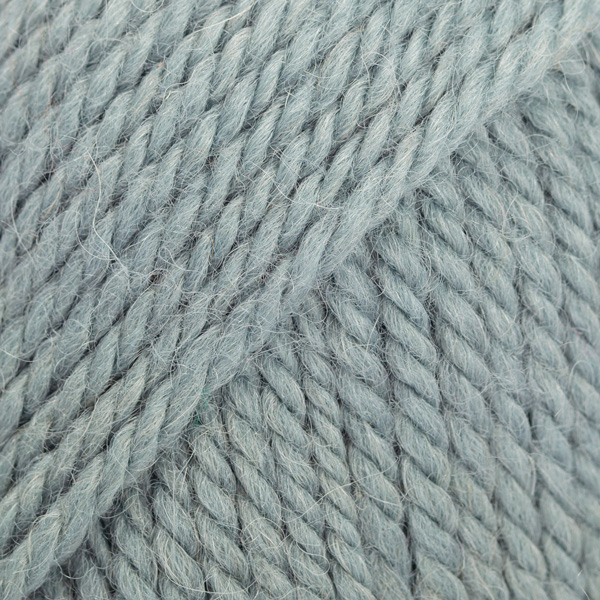
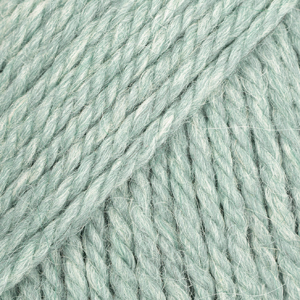
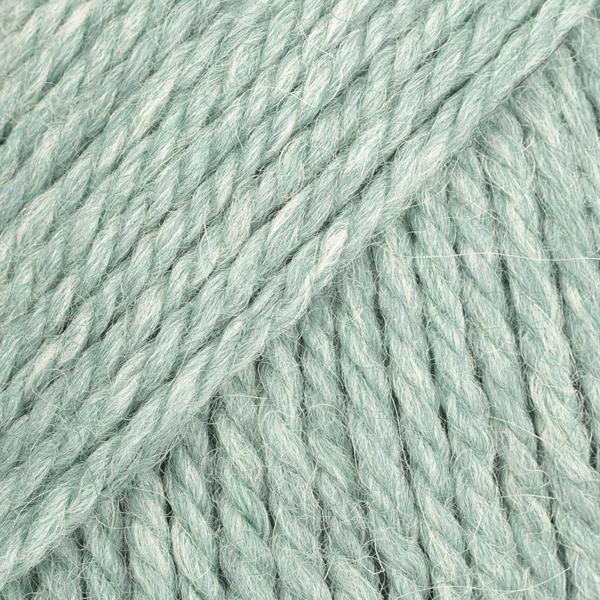





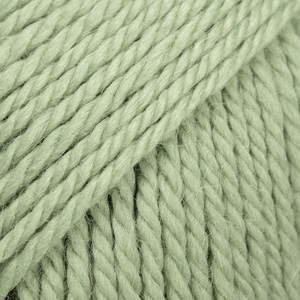
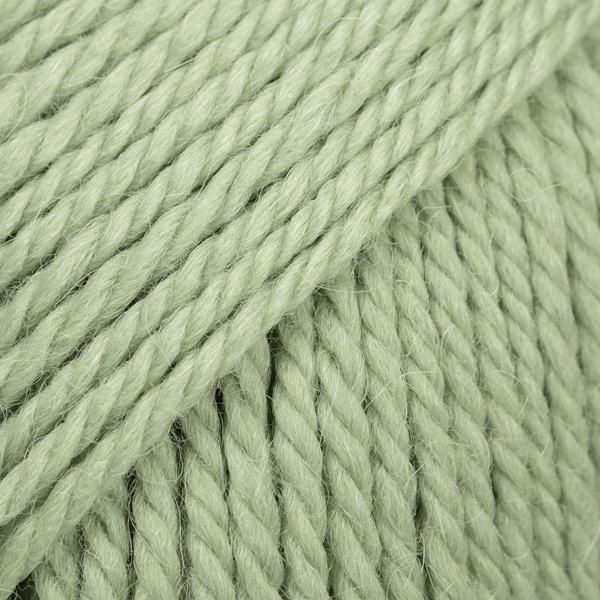


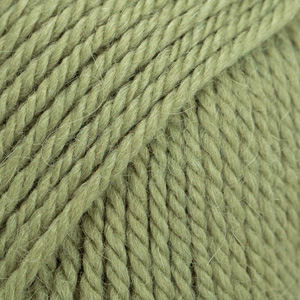
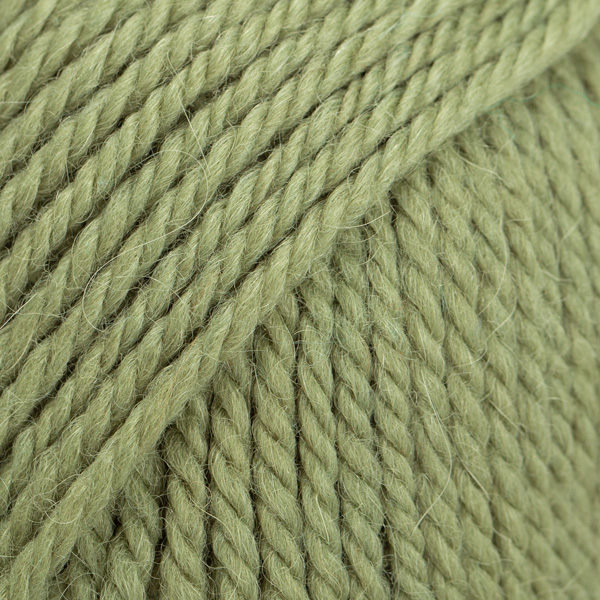
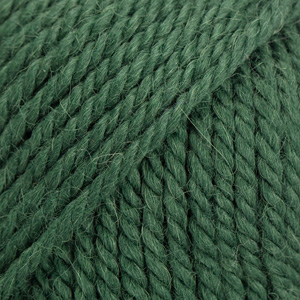
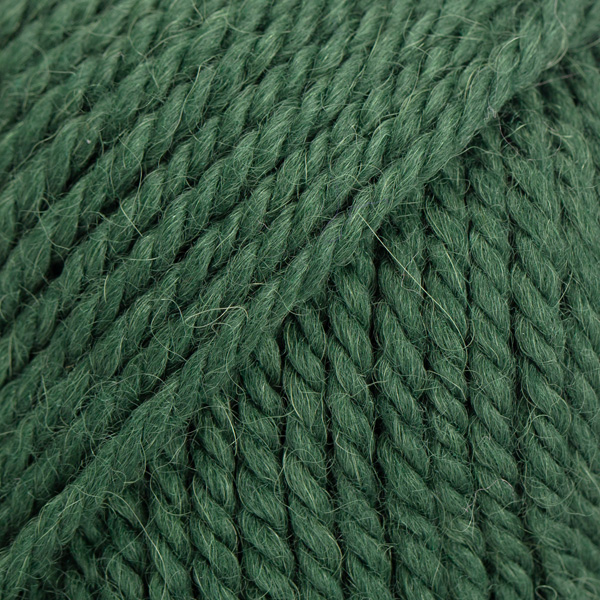
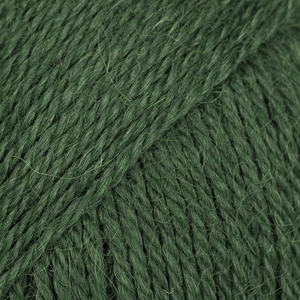


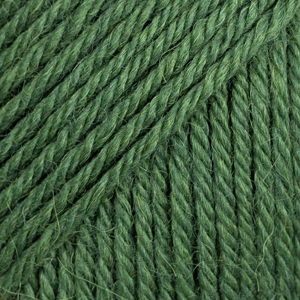


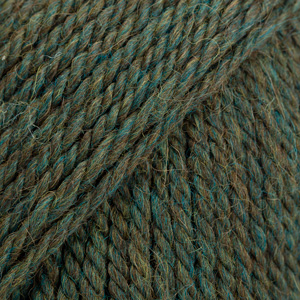
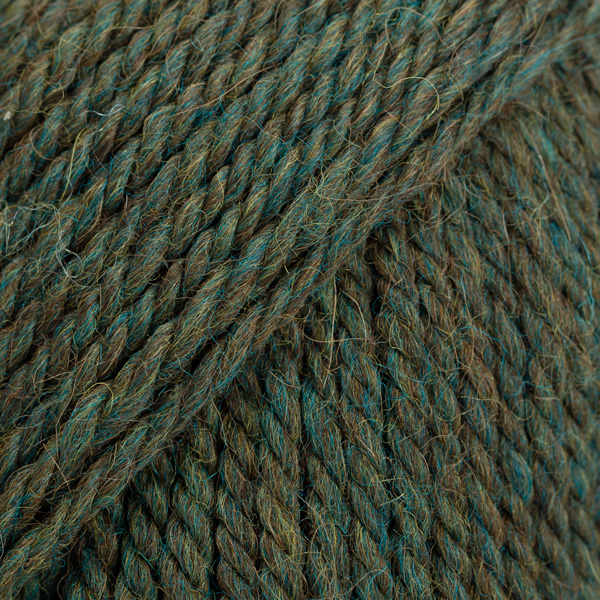
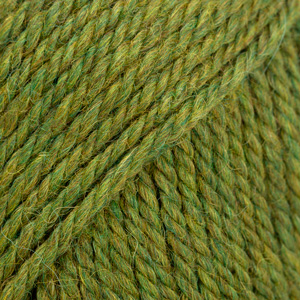
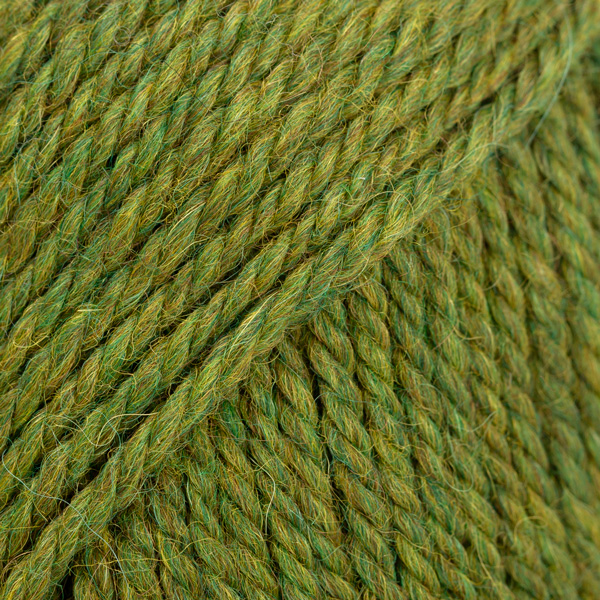



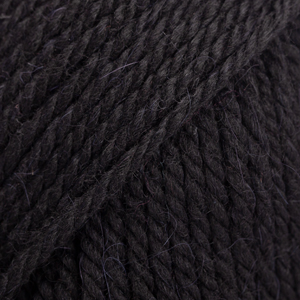
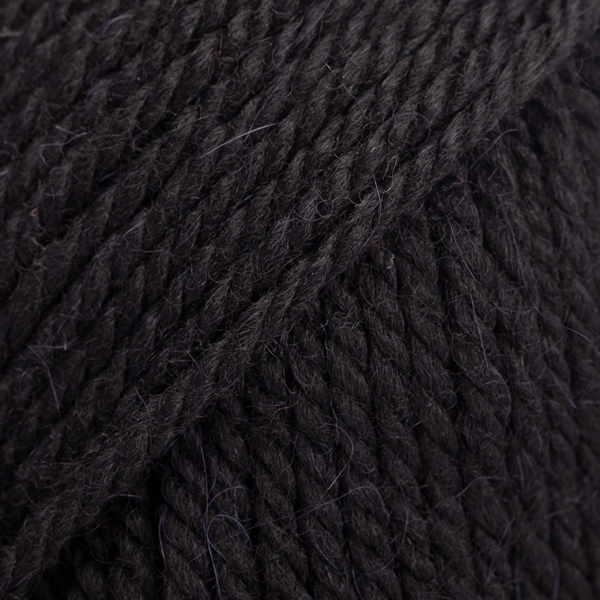
















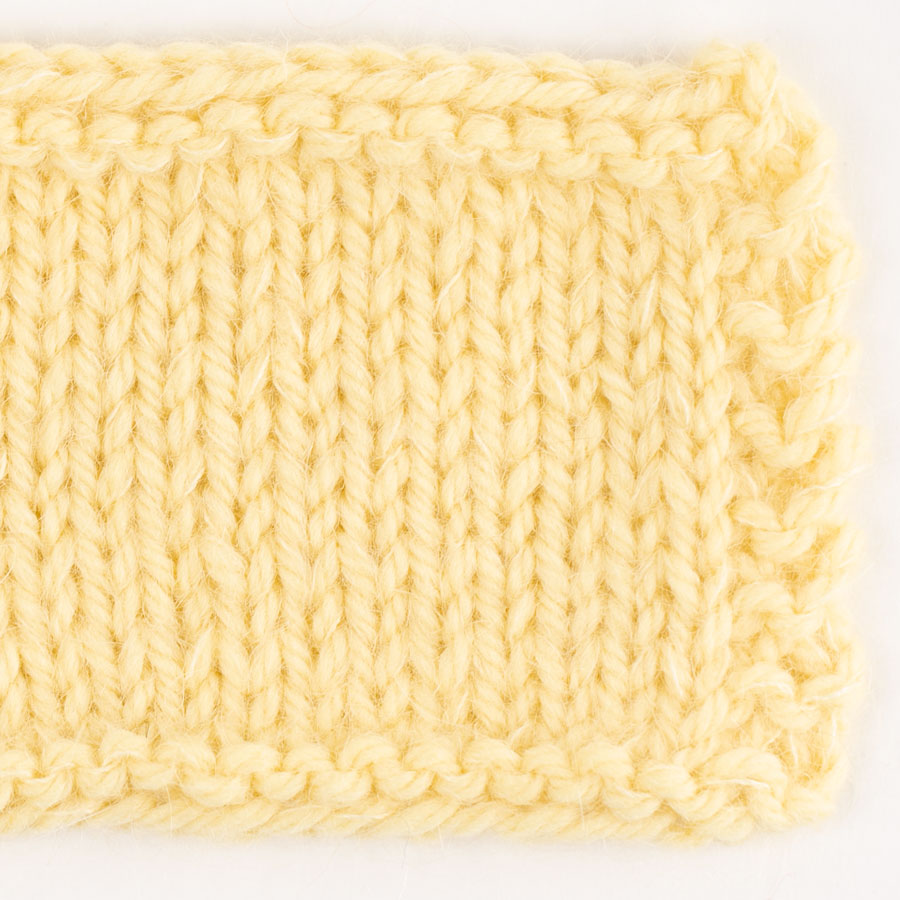
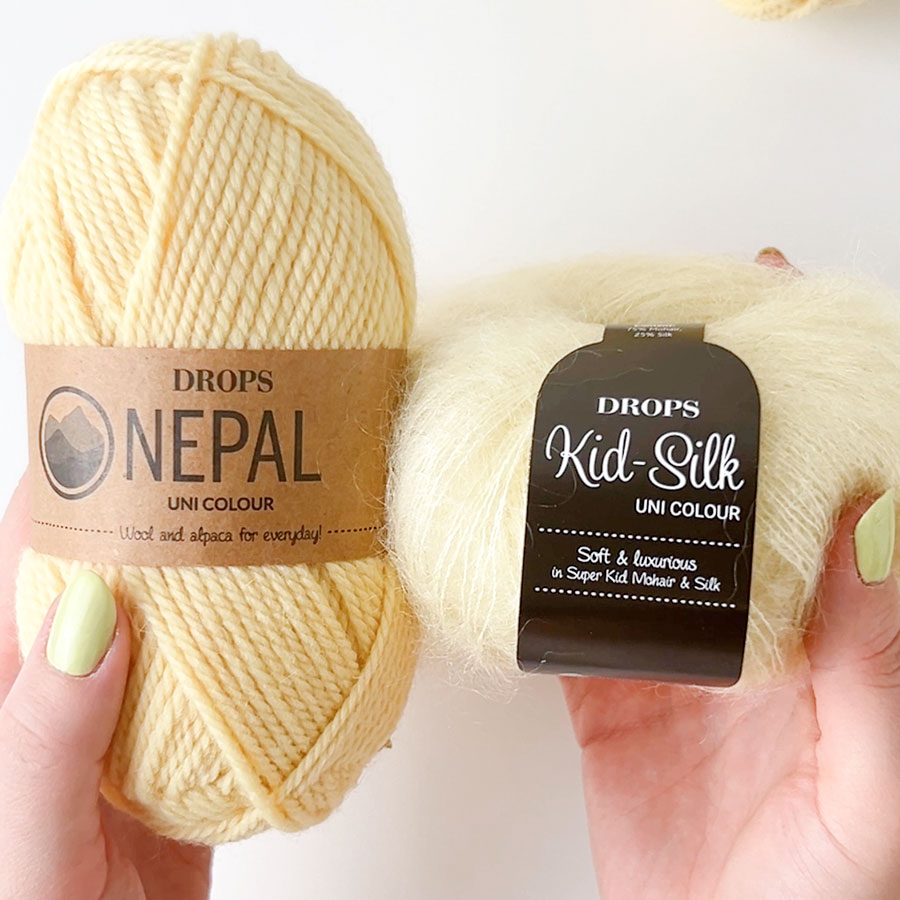
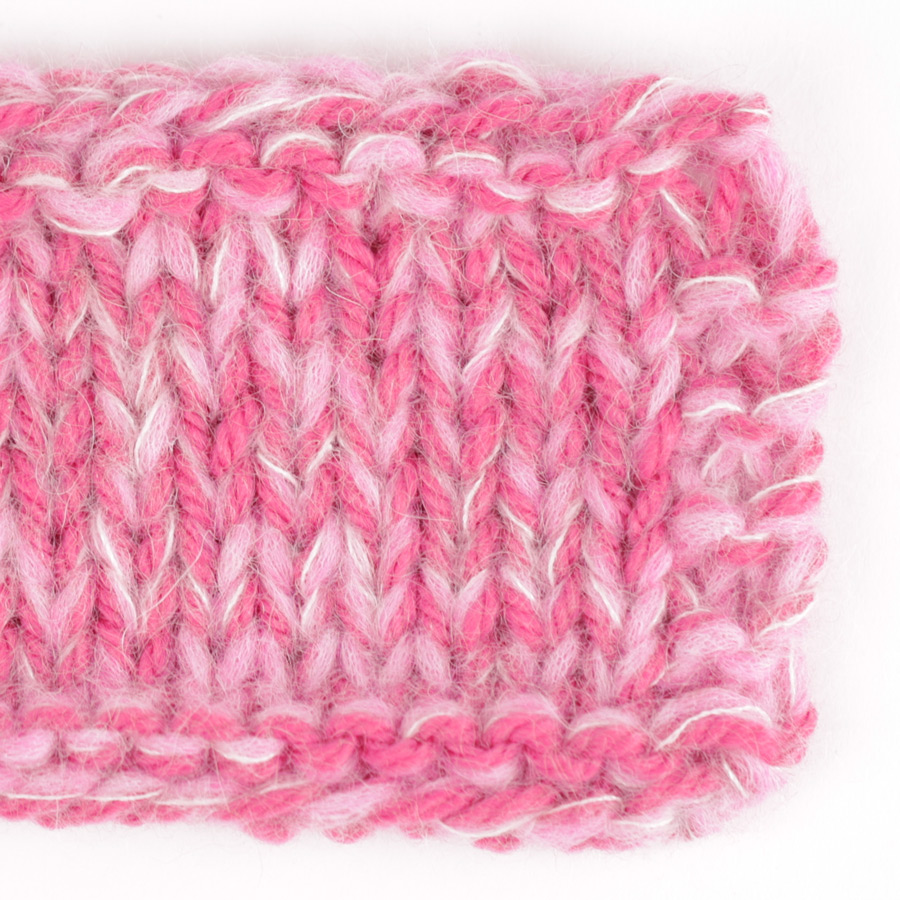

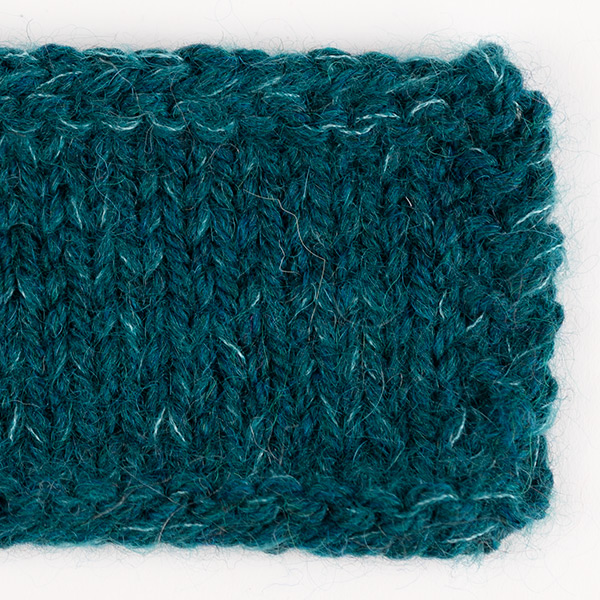
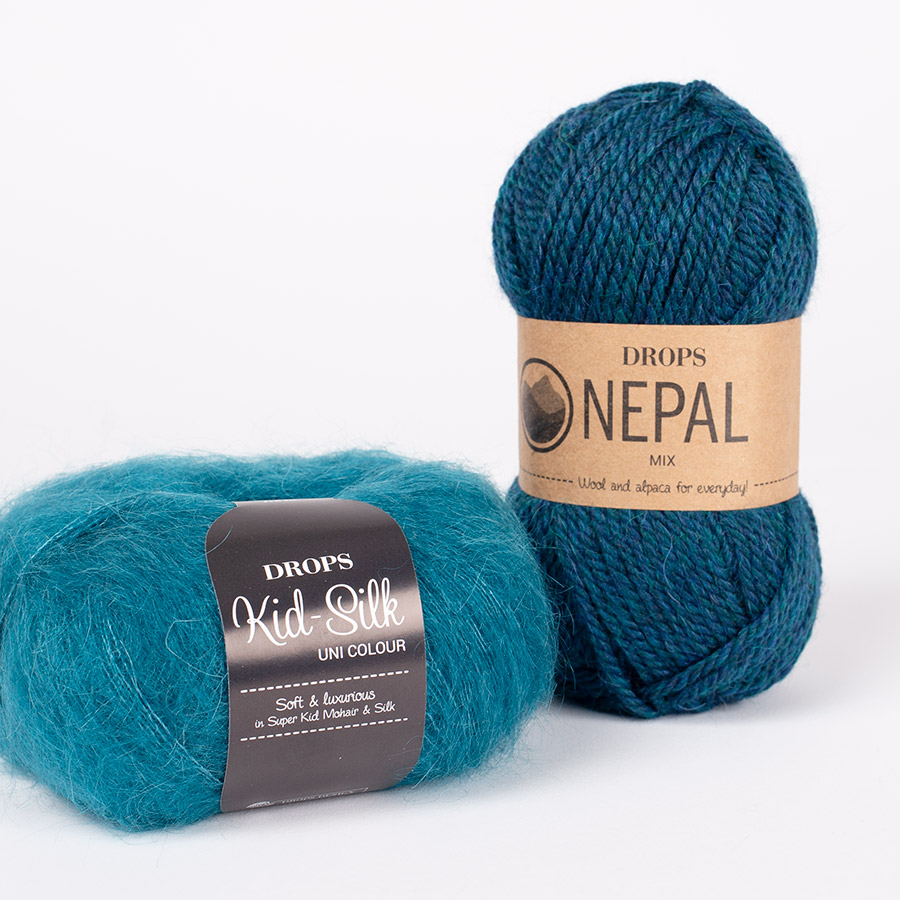
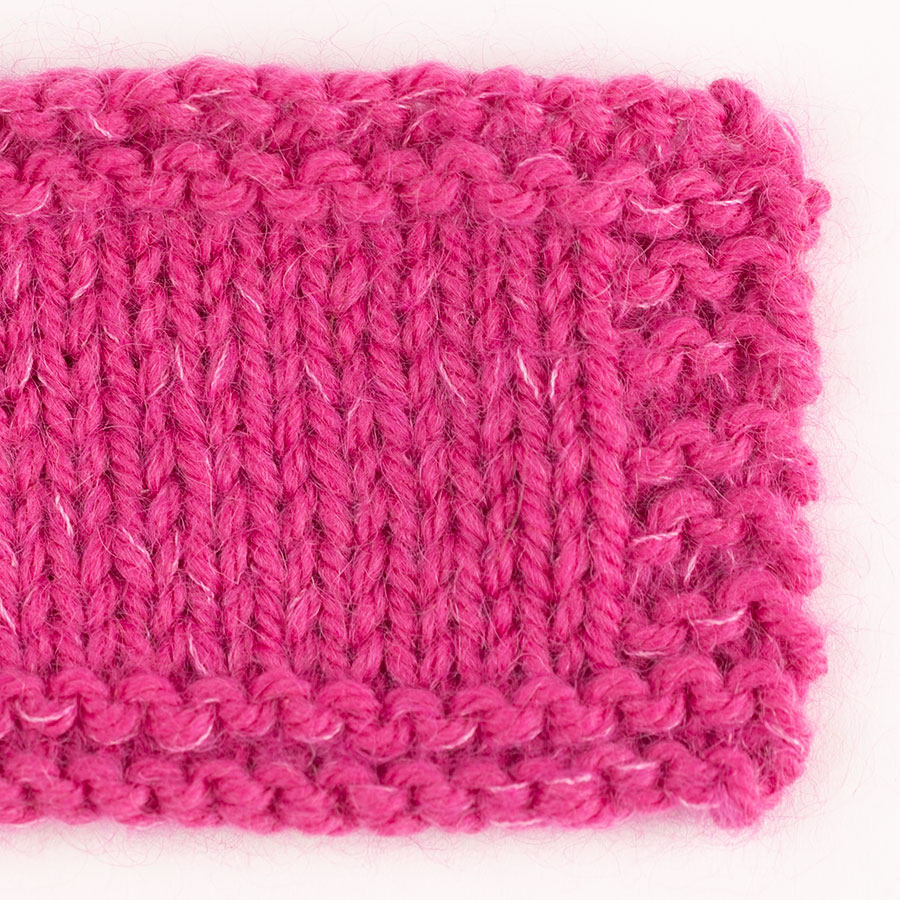
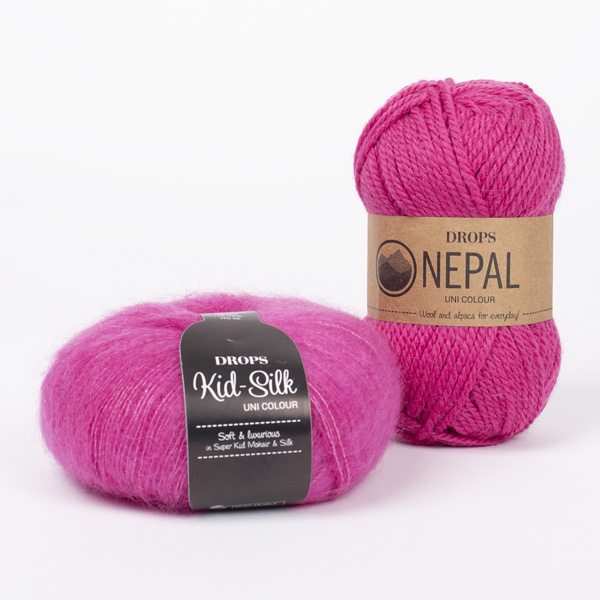
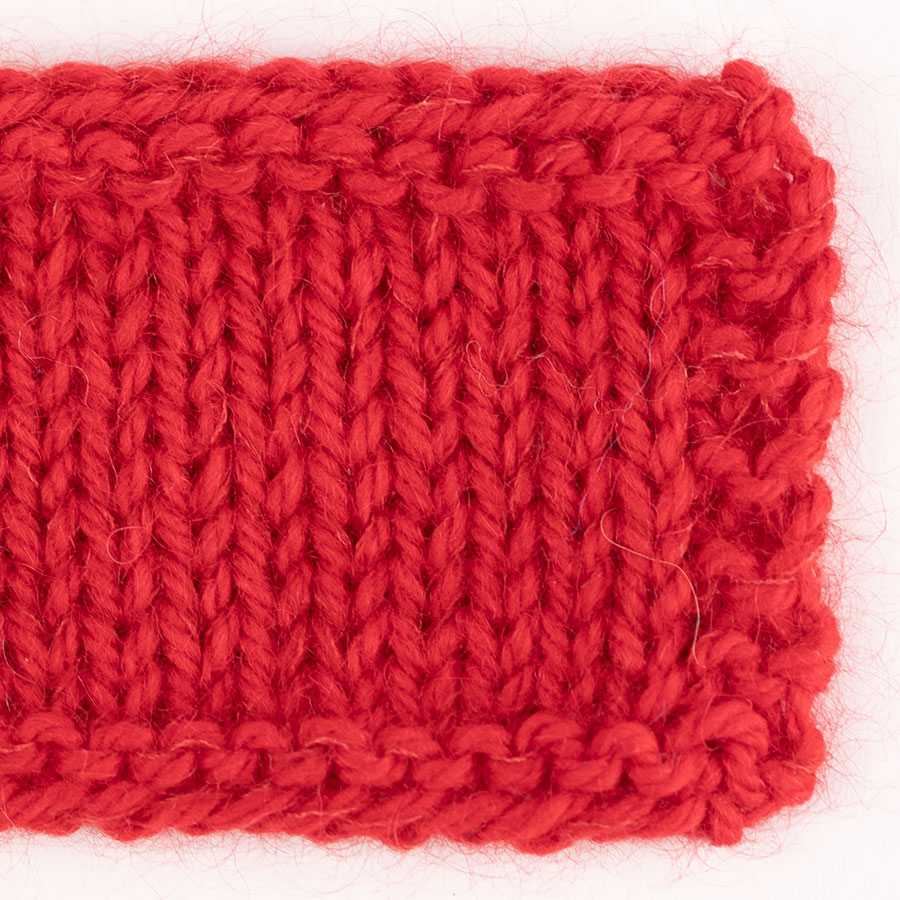
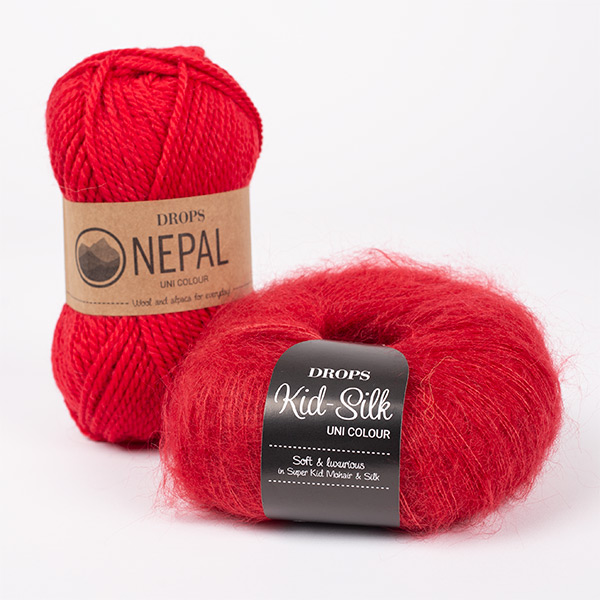
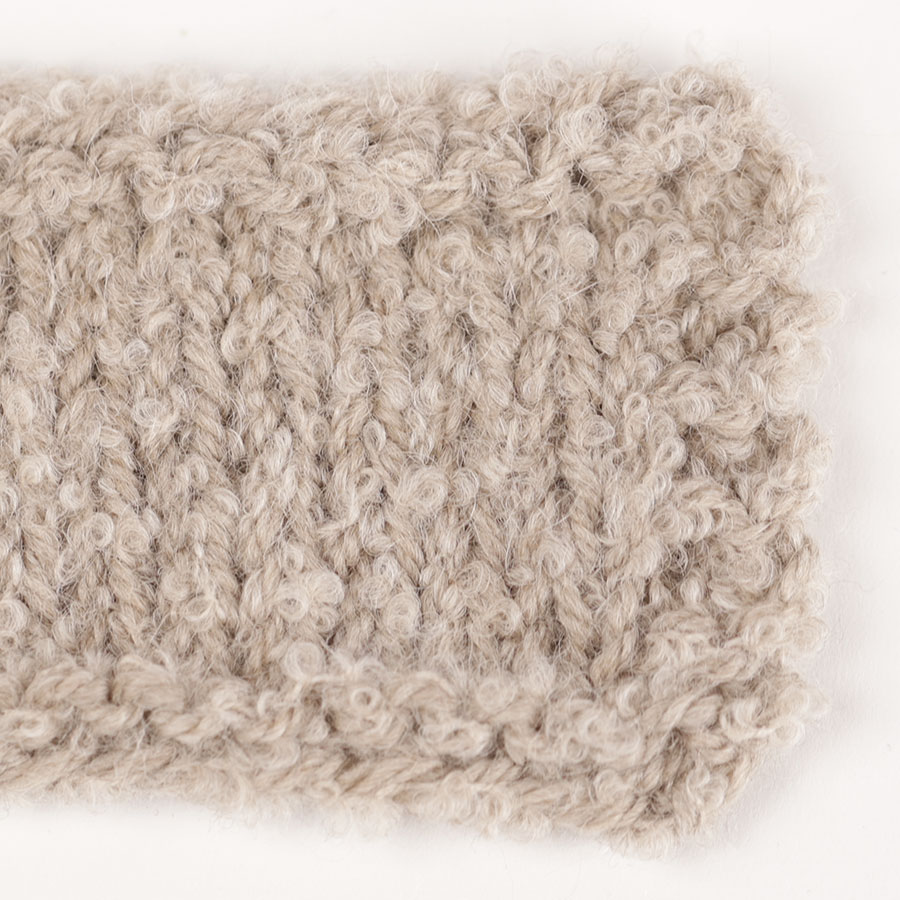
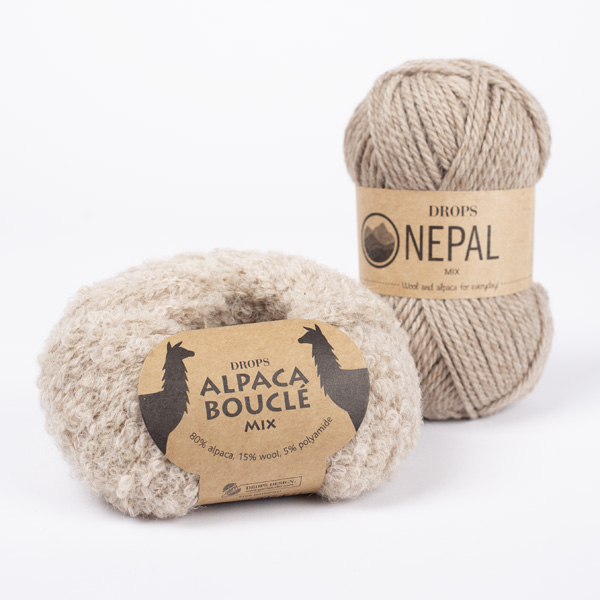
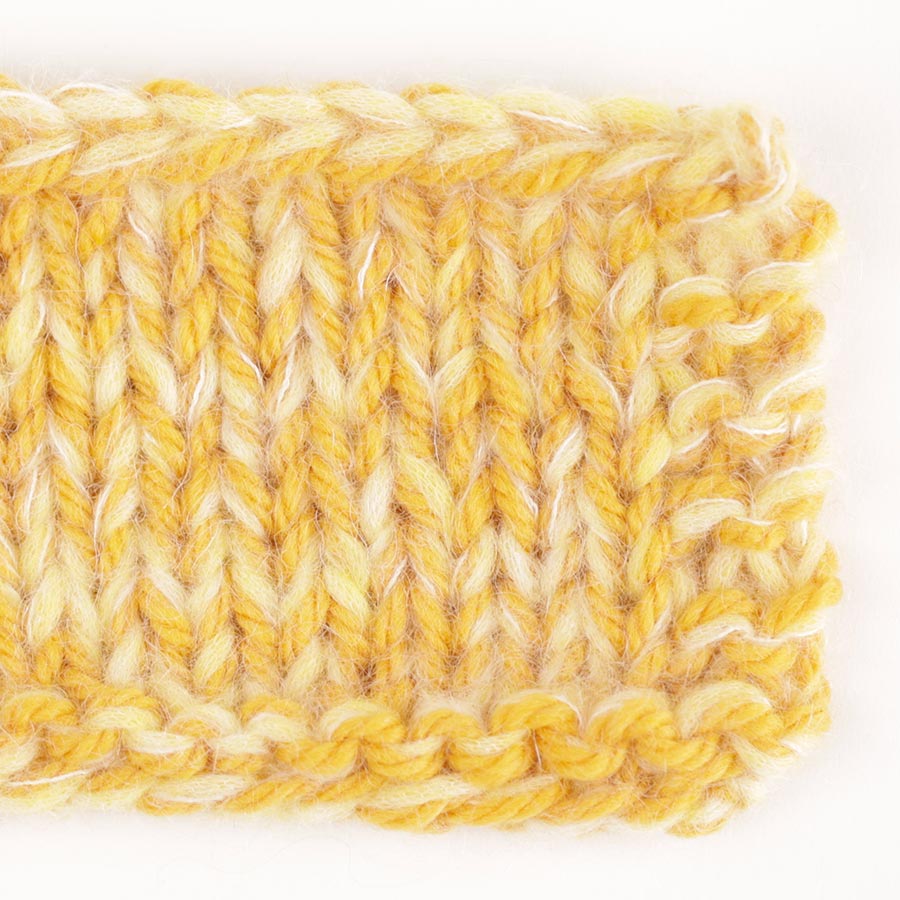
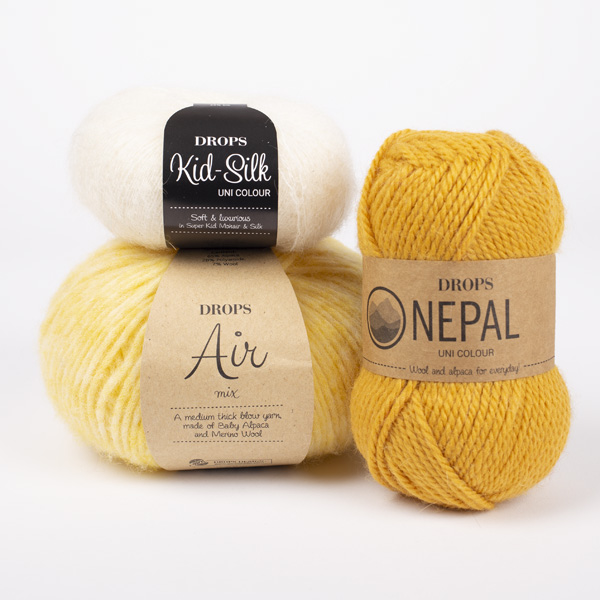
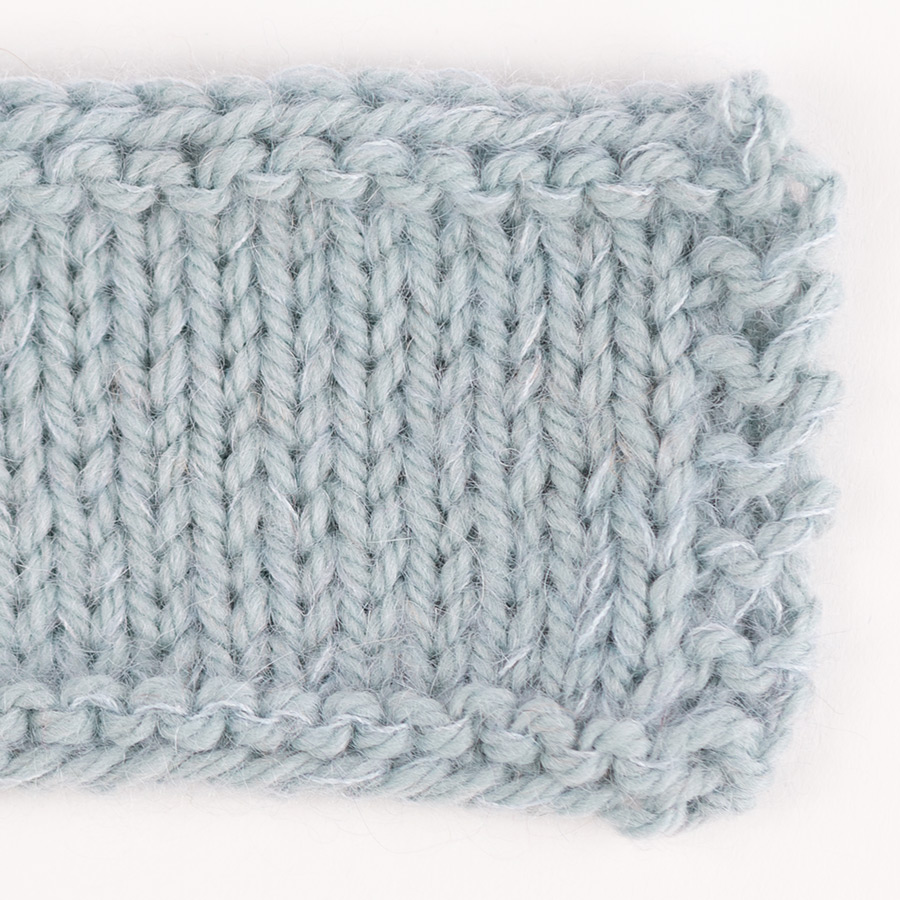




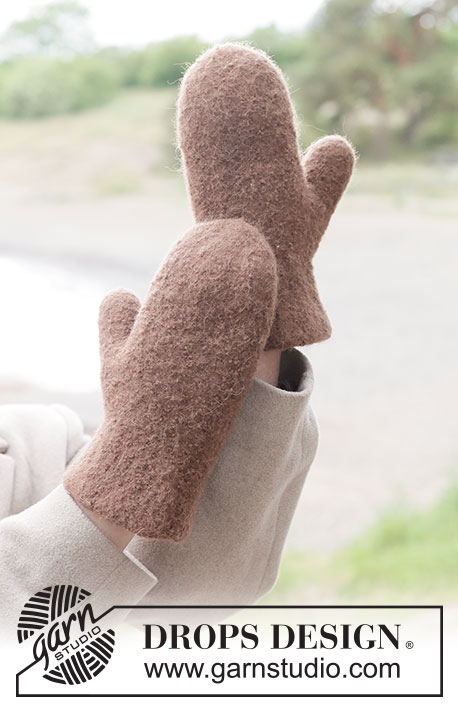





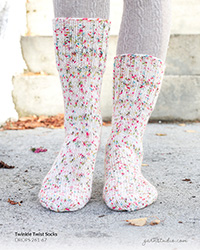
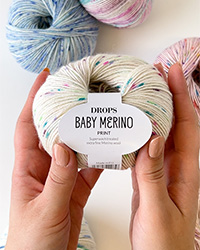
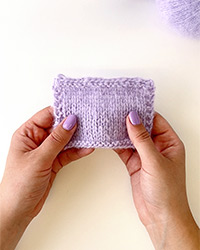
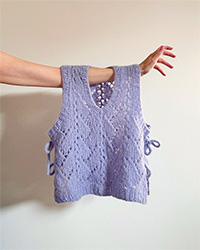

Jag stickar nu en tröja med Nepal, men stötte på ett område i garnet som hade något skarpt och plastliknande. Det rev sönder en del av garnet då jag skulle ta bort det eftersom det var så skarpt. Är det vanligt i era garner att detta förekommer?
01.11.2017 - 15:31